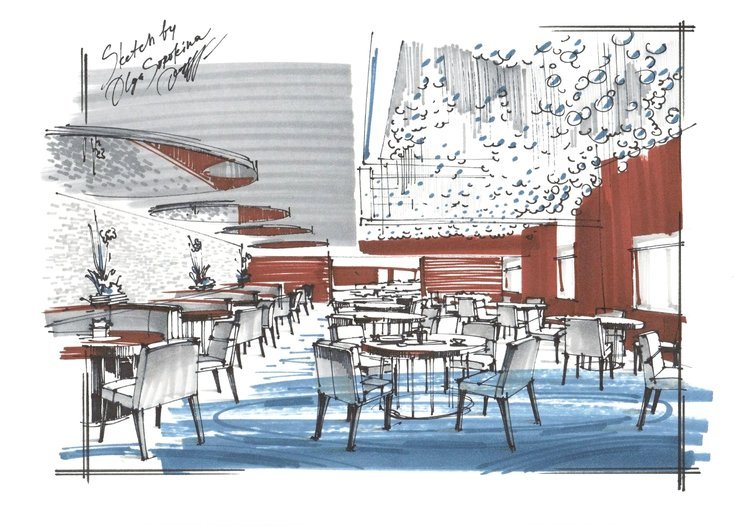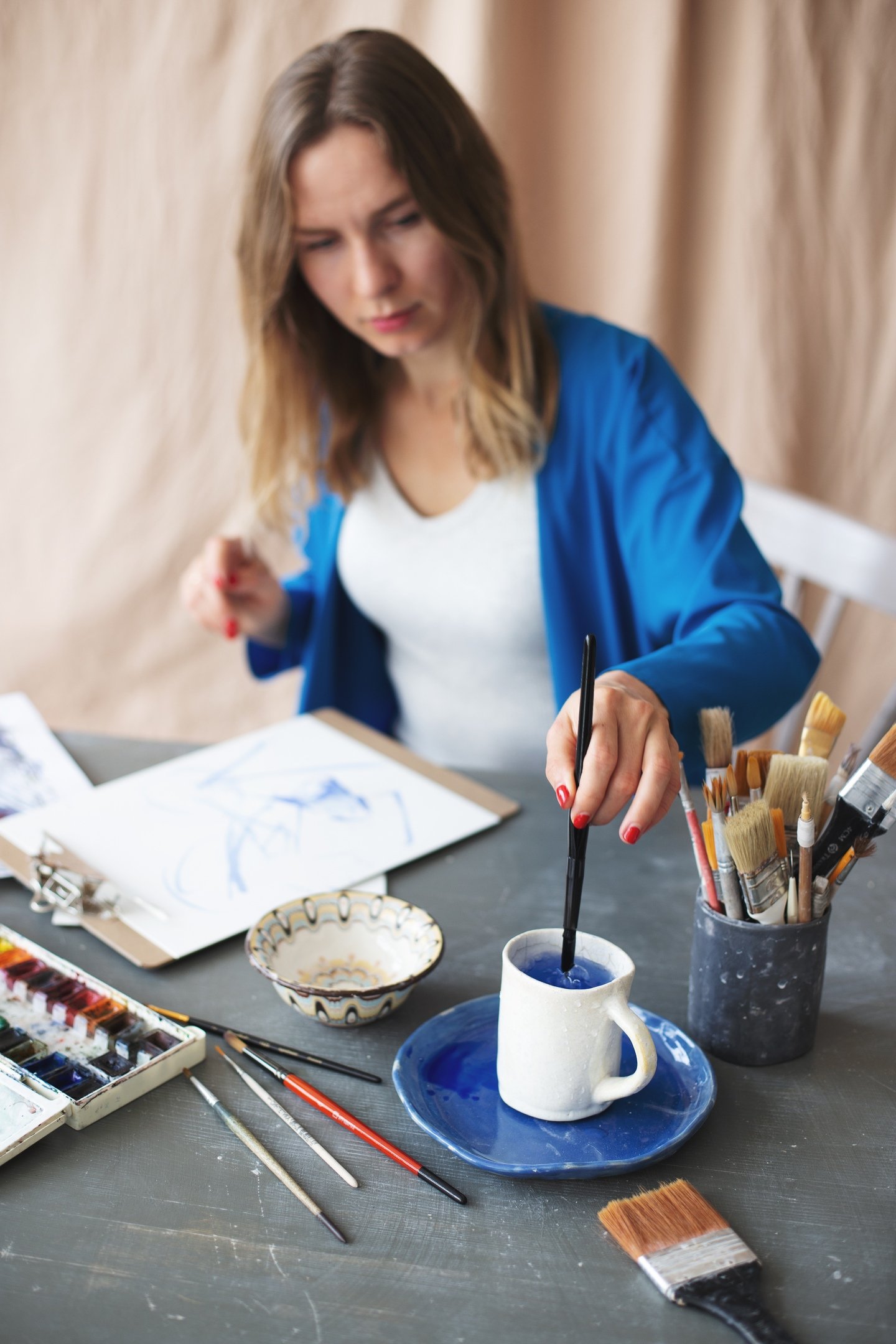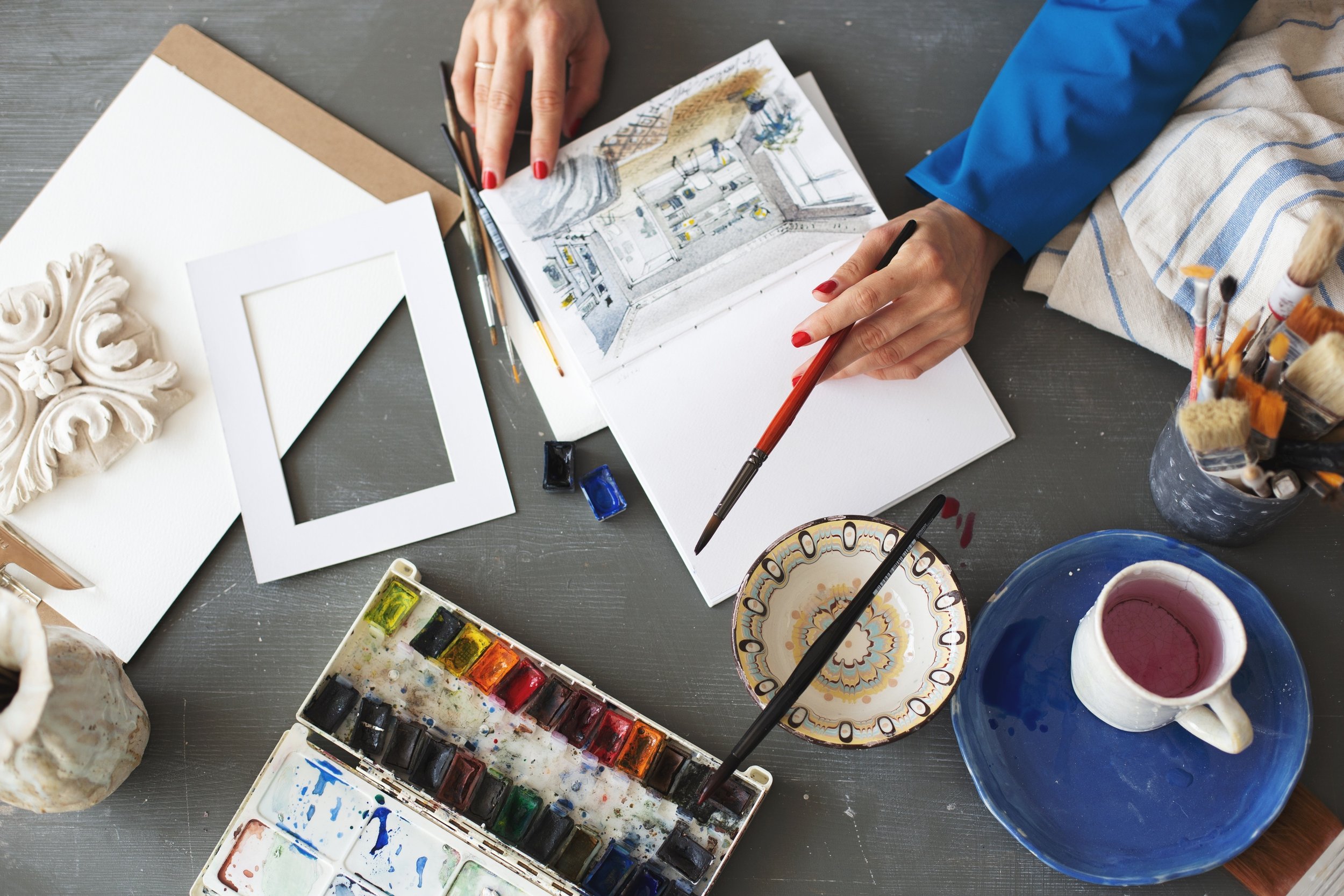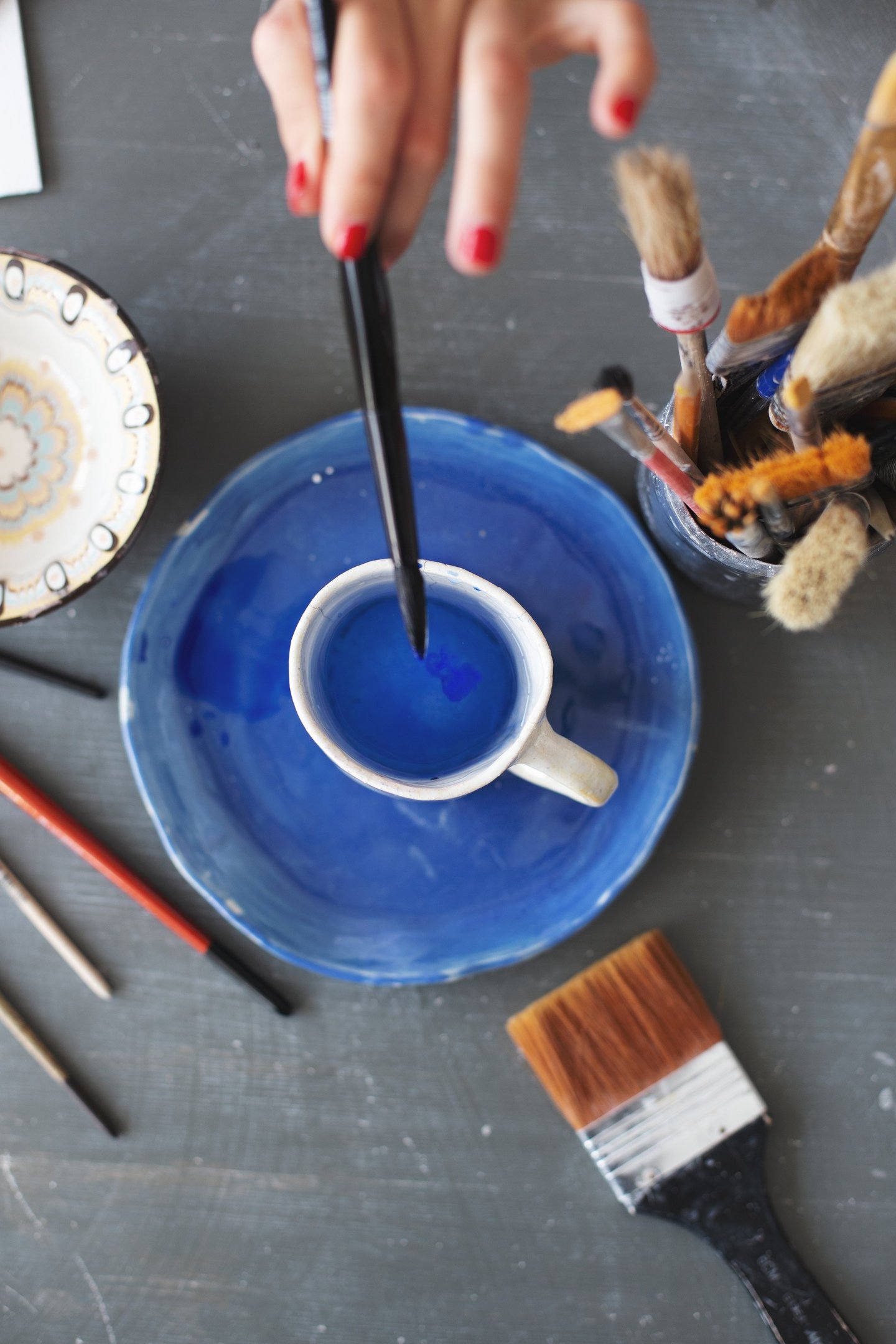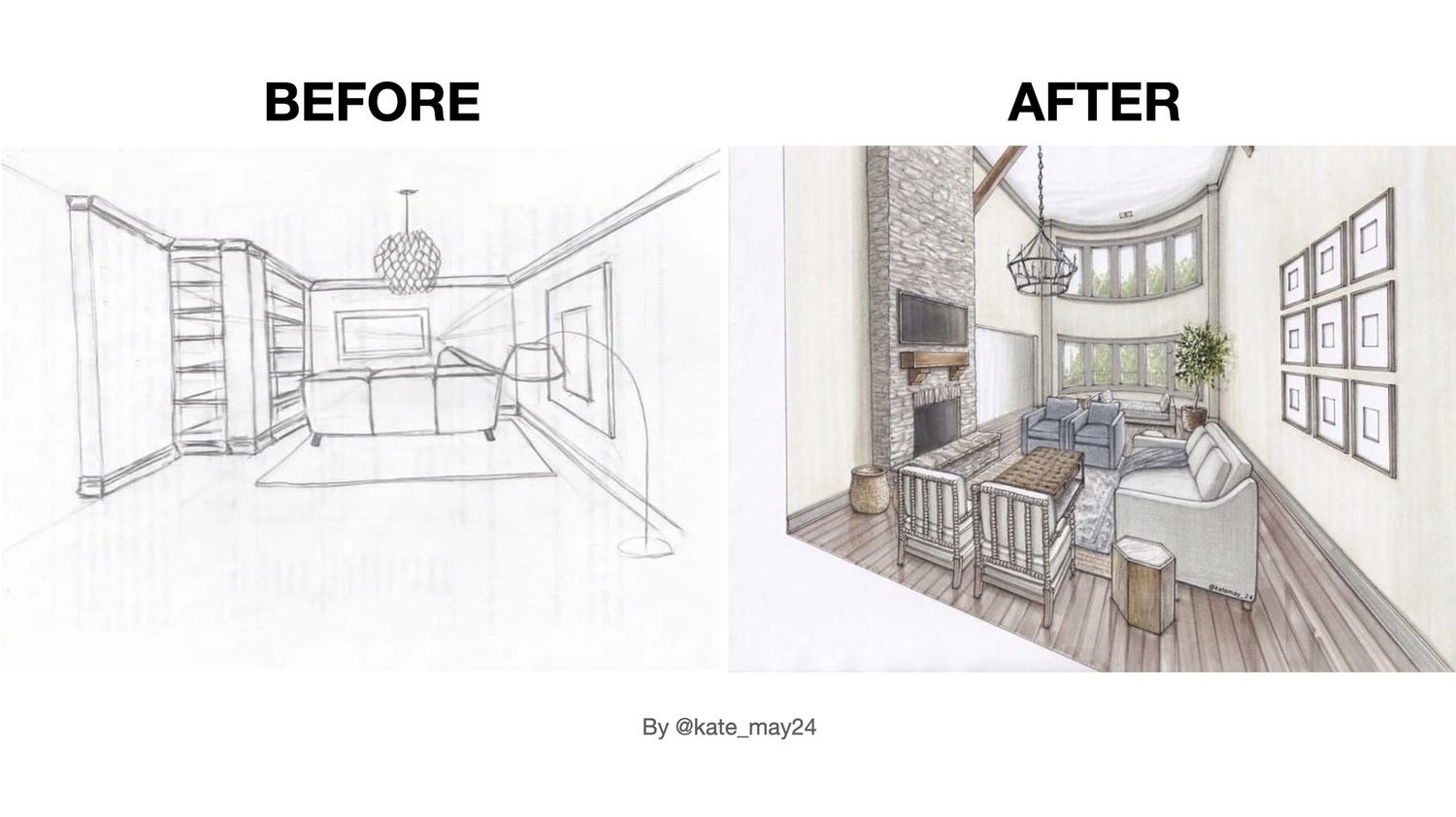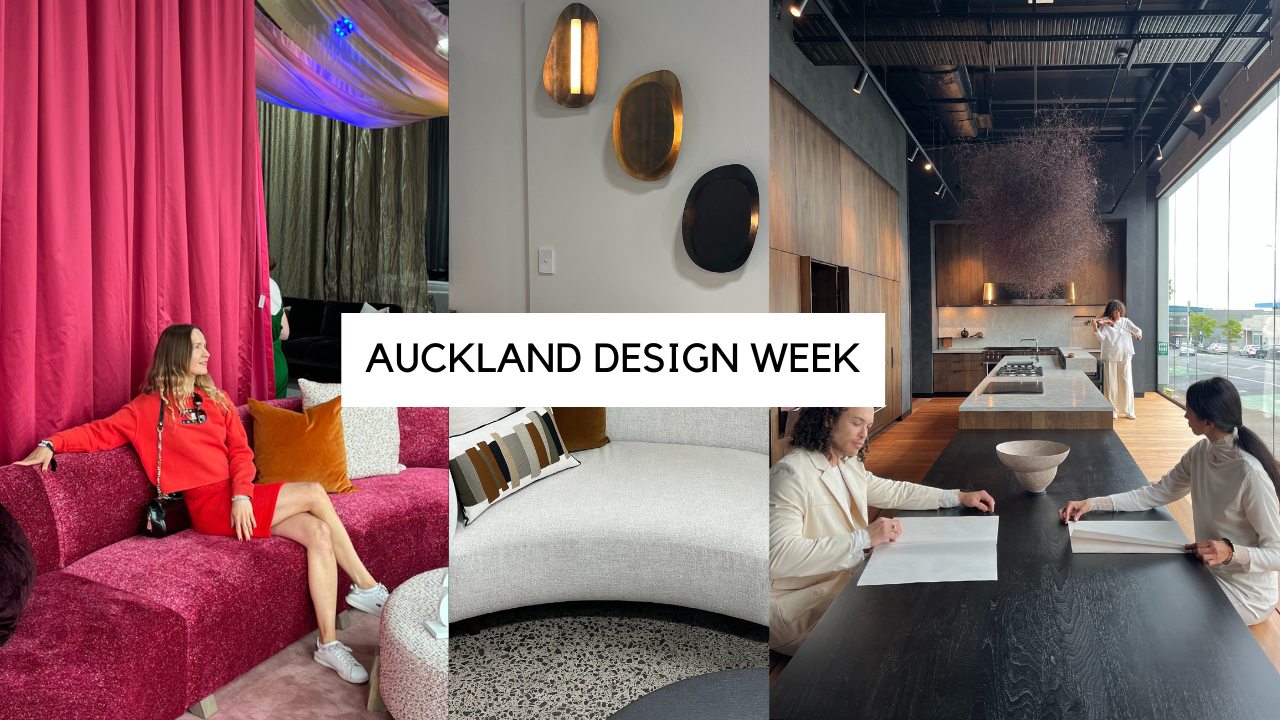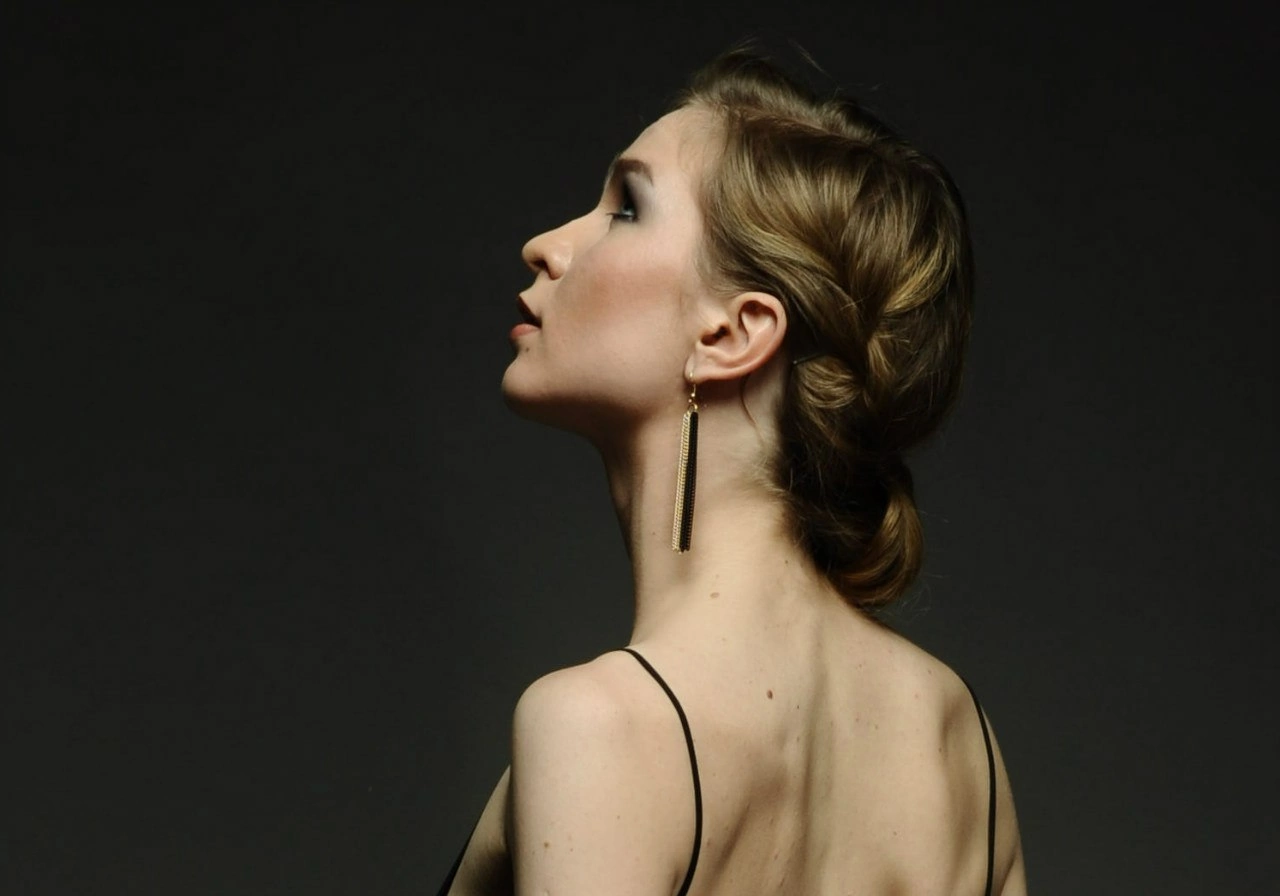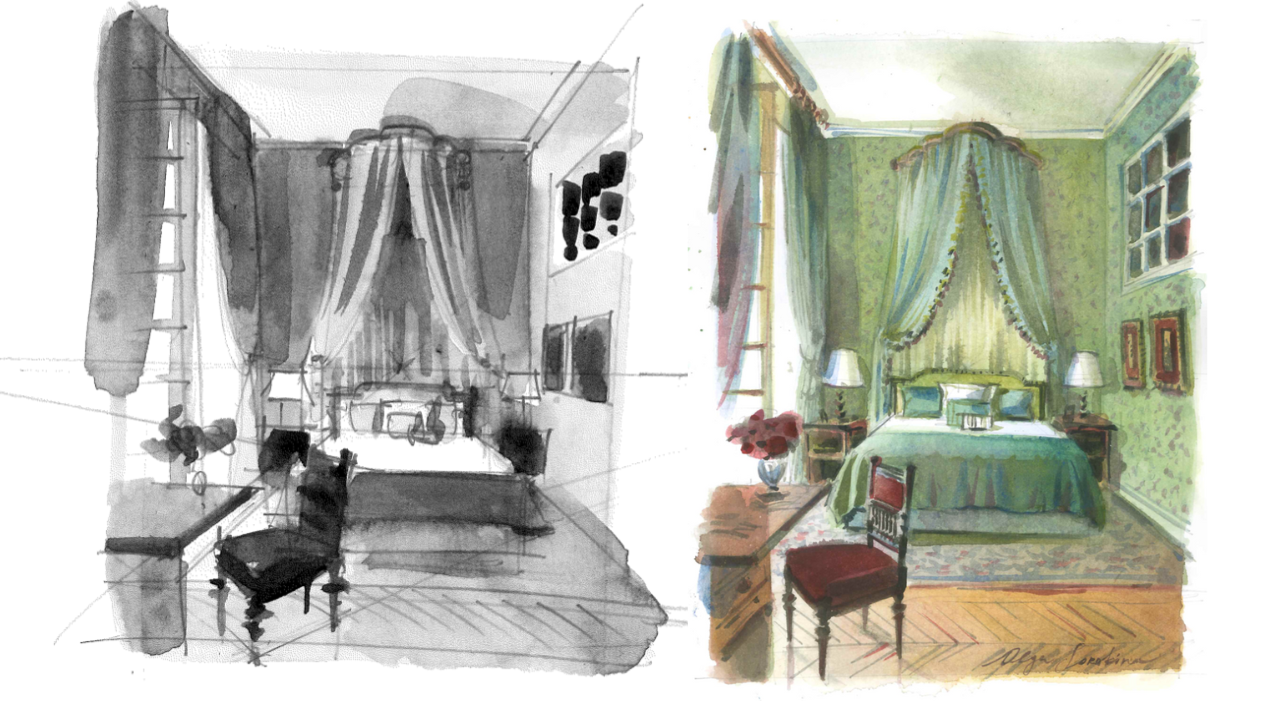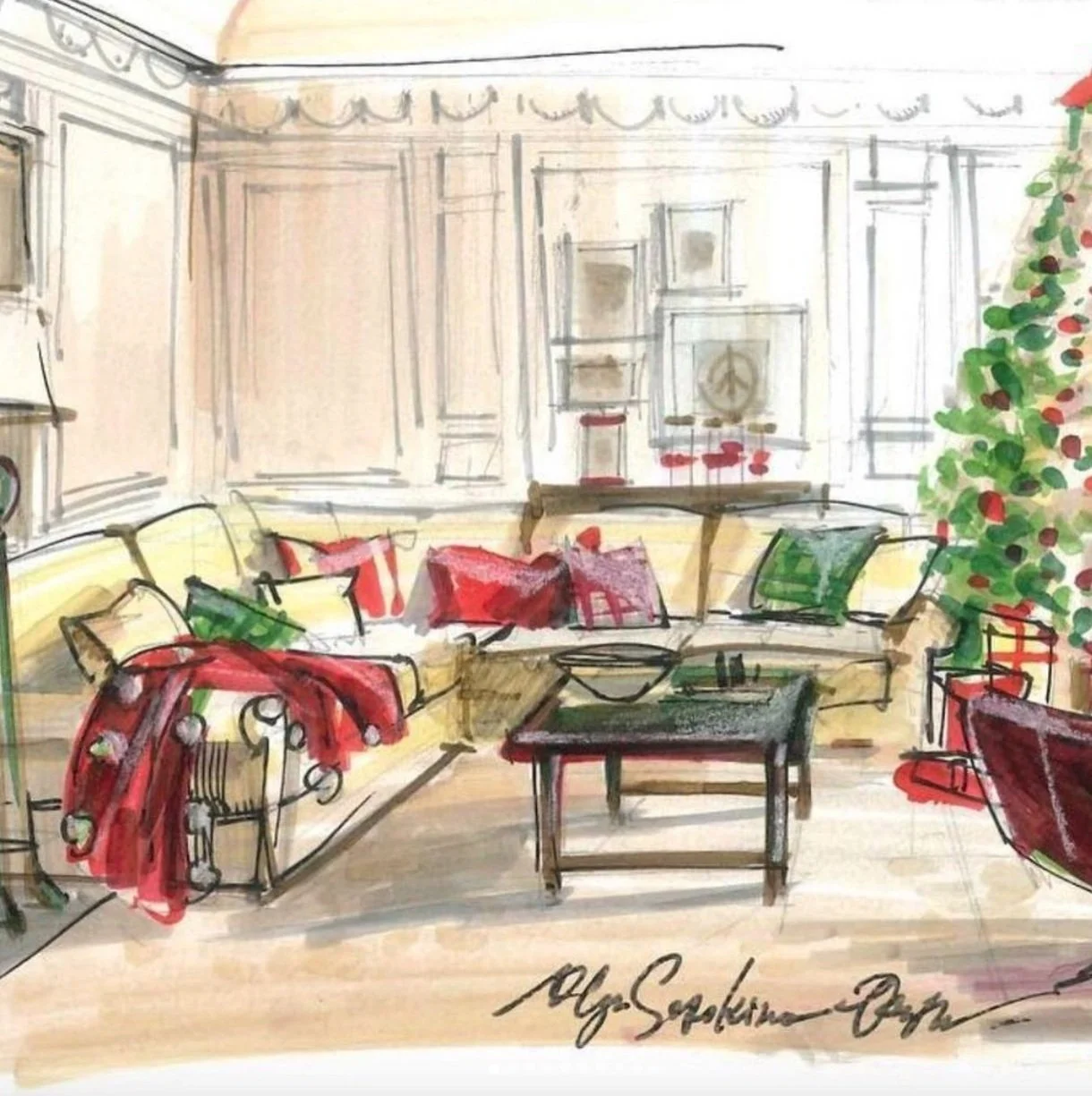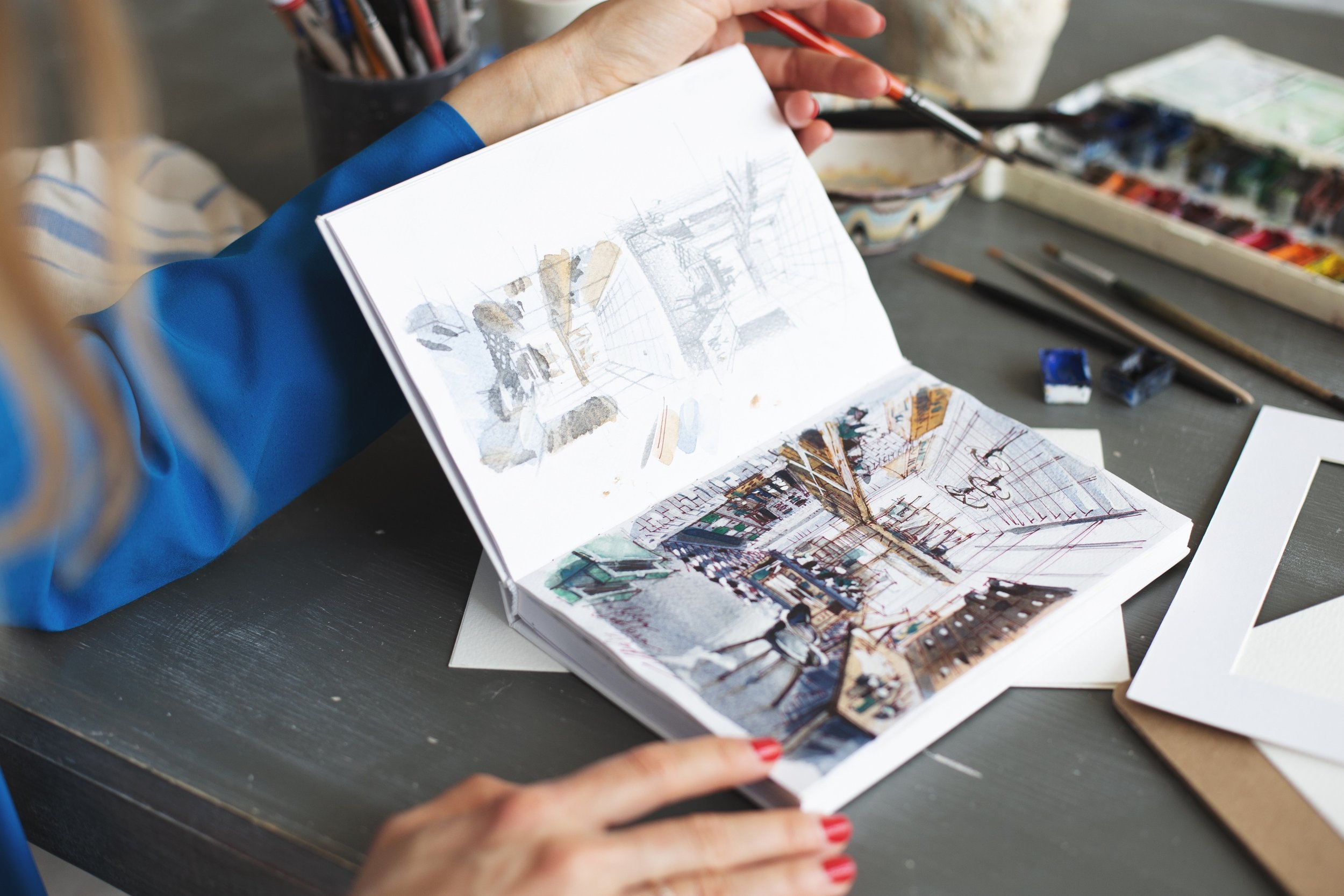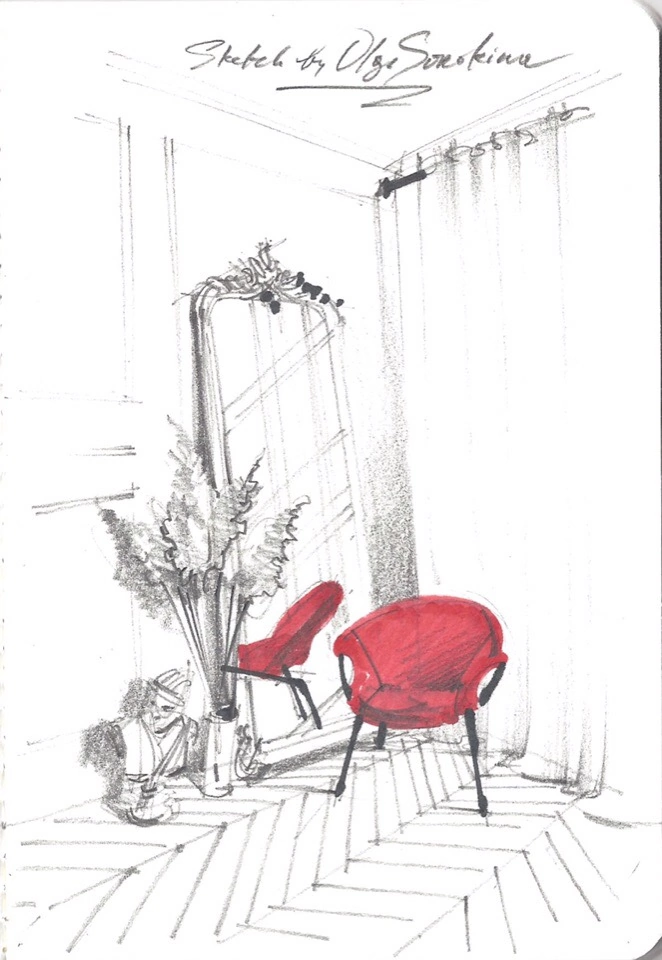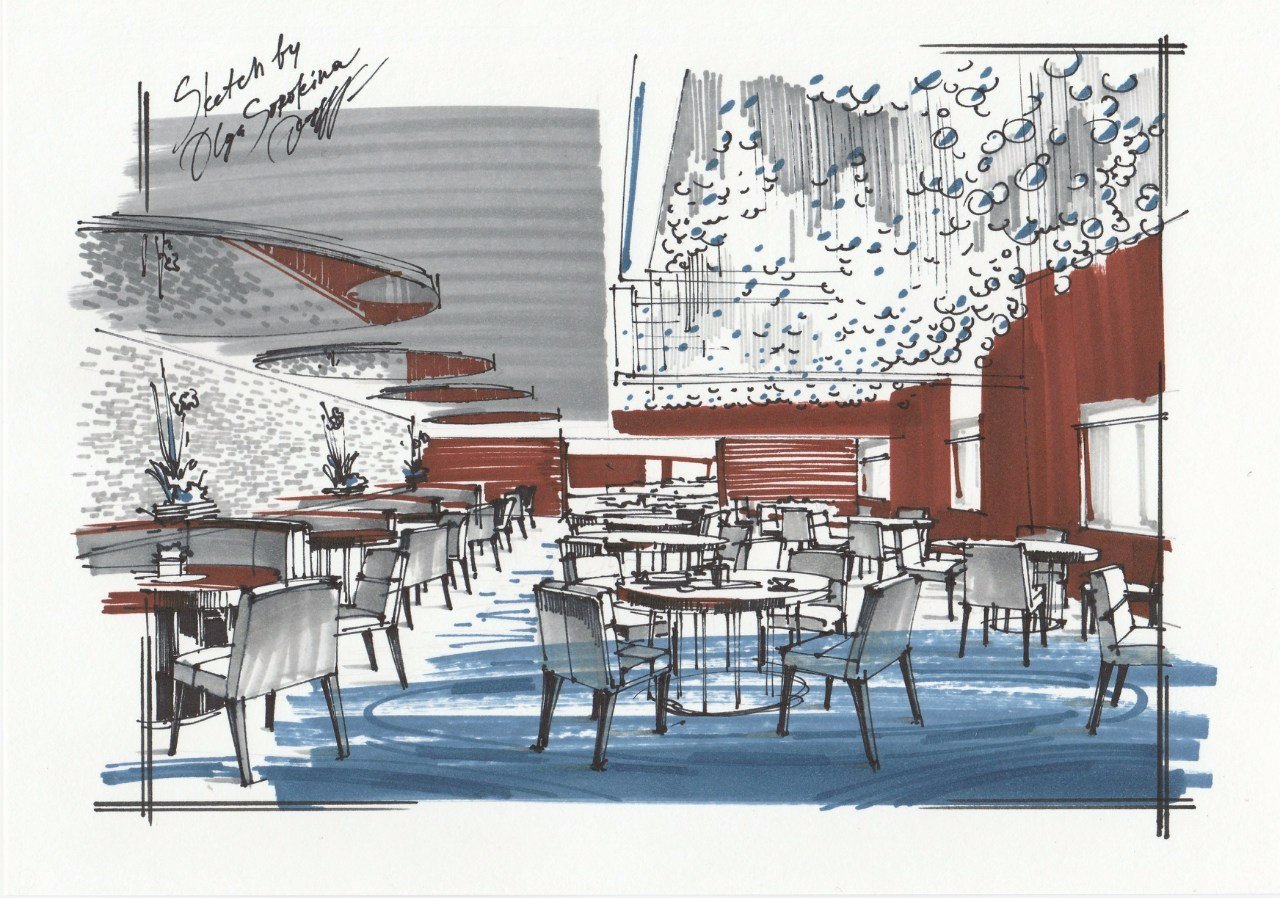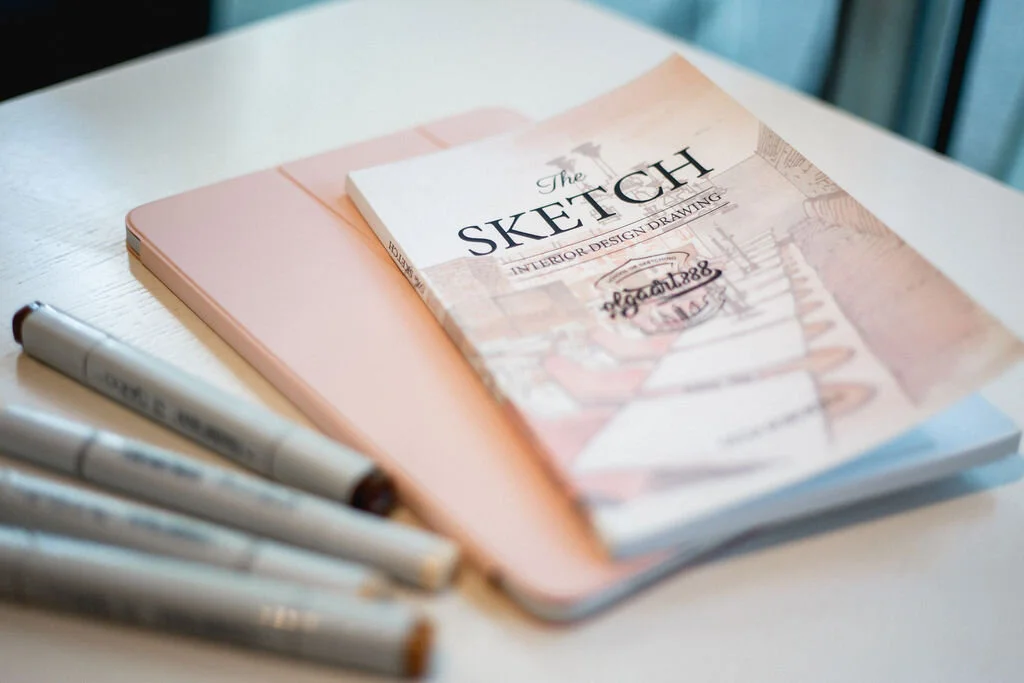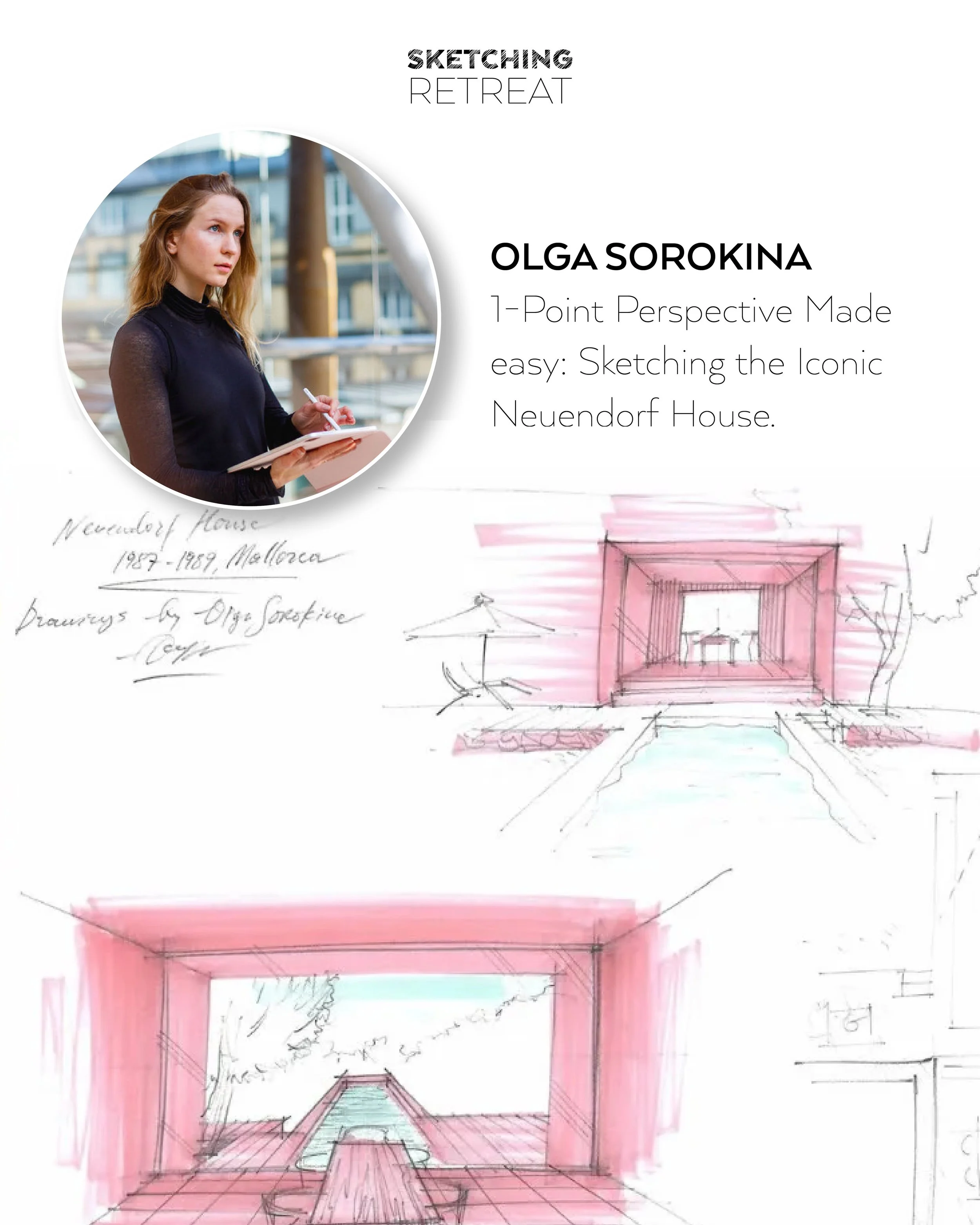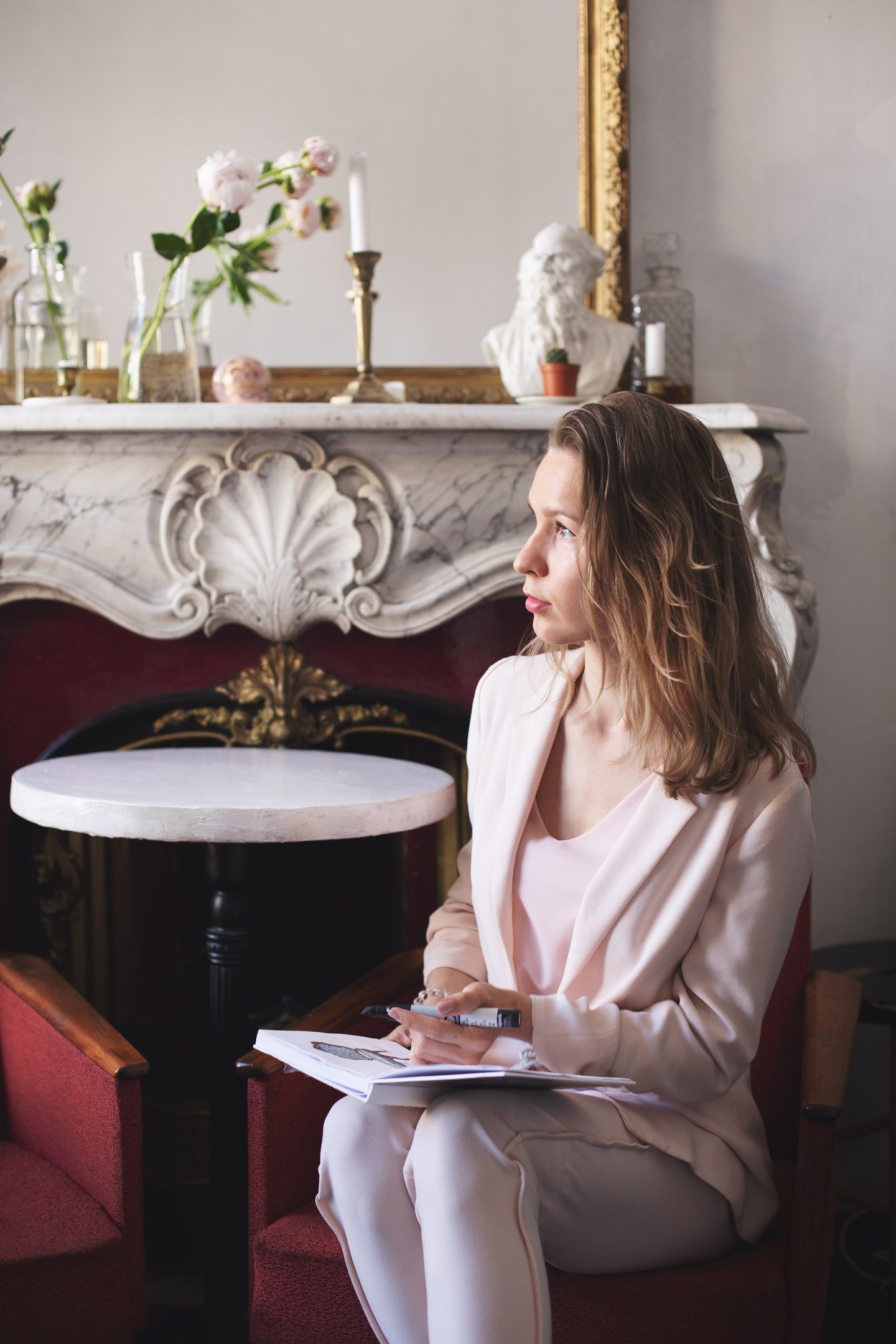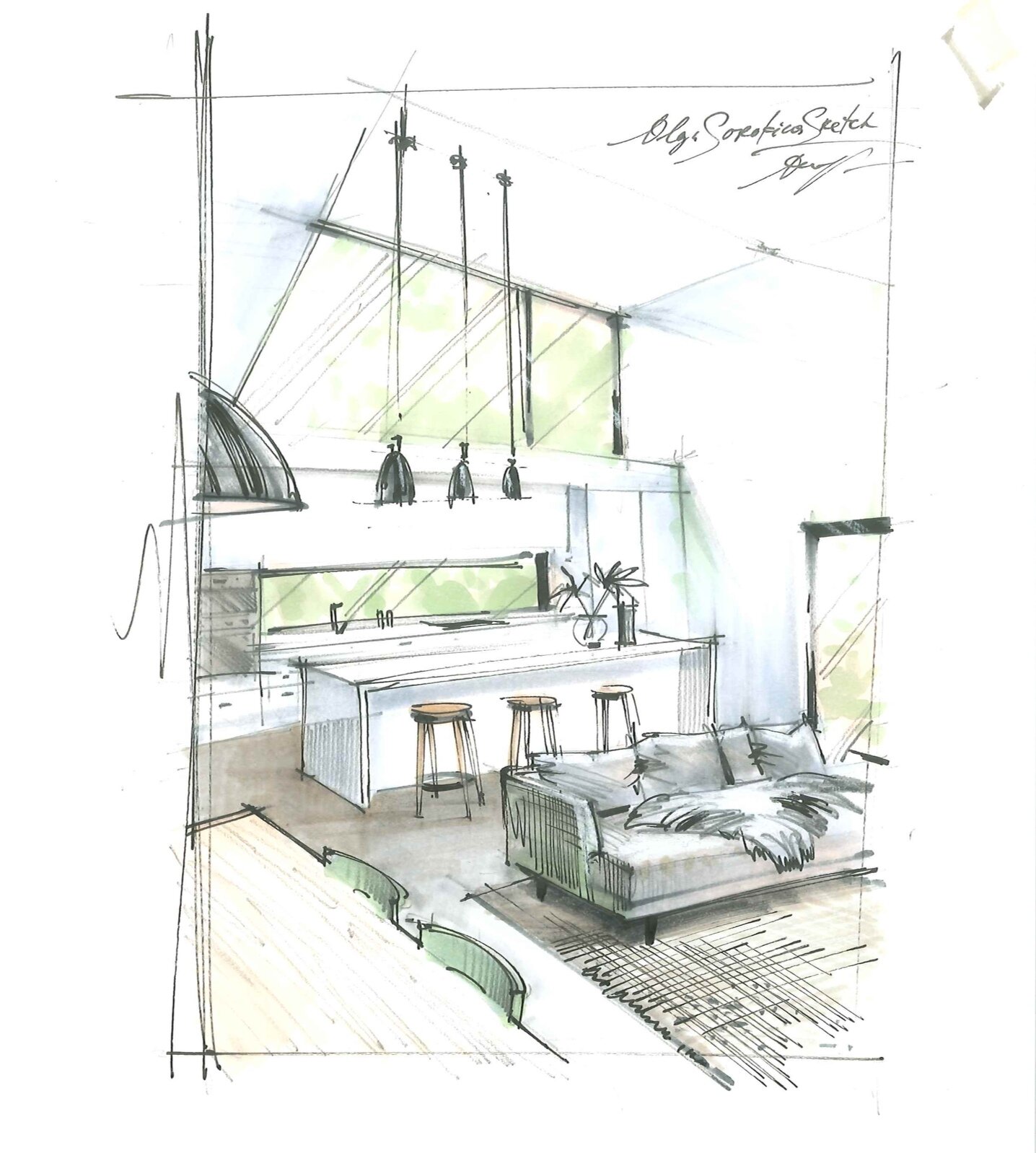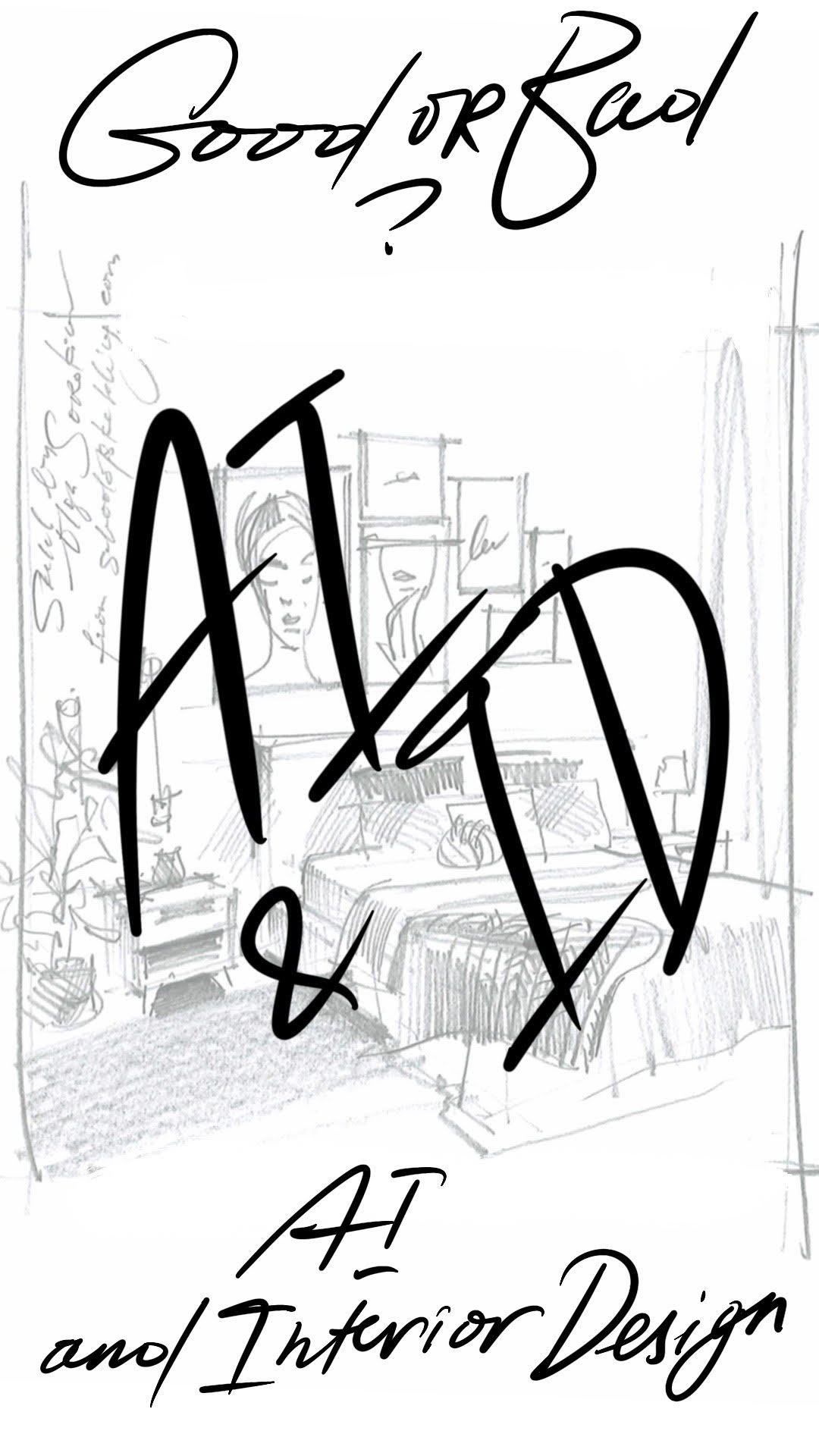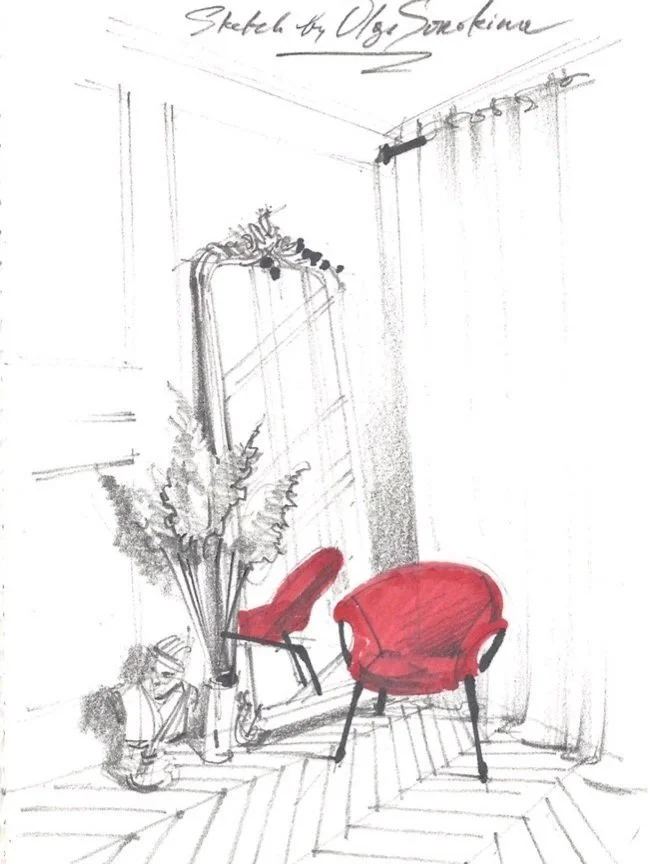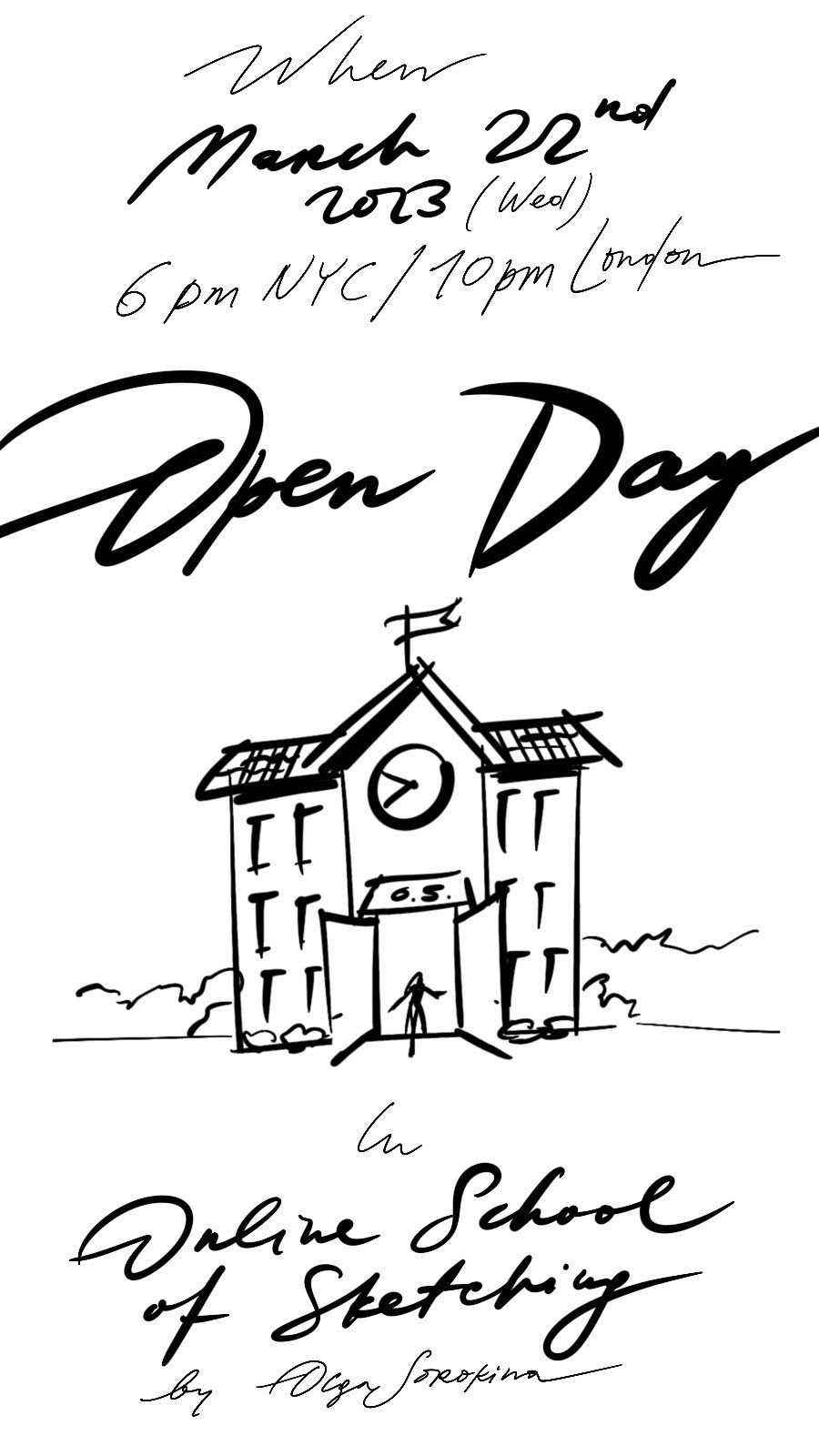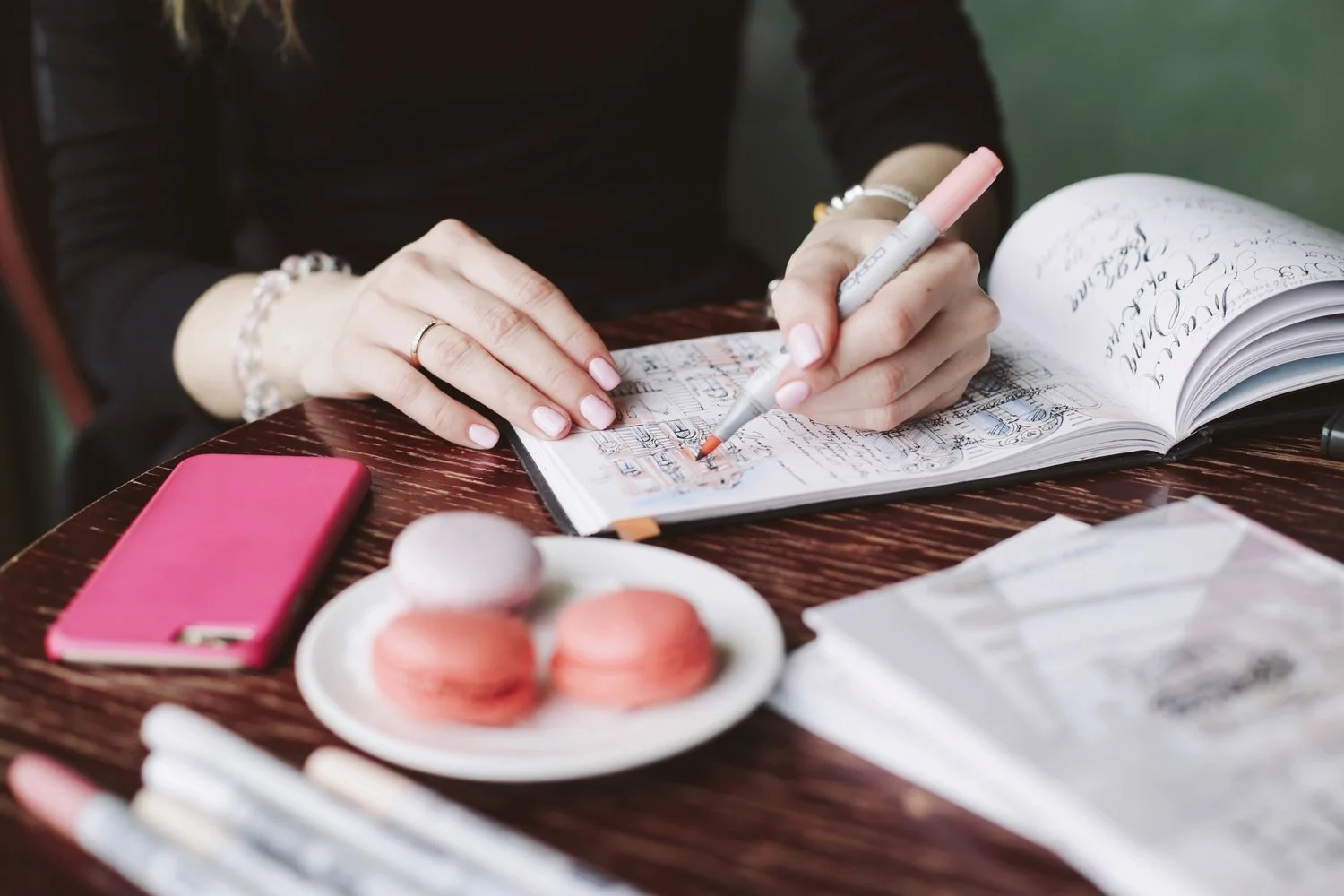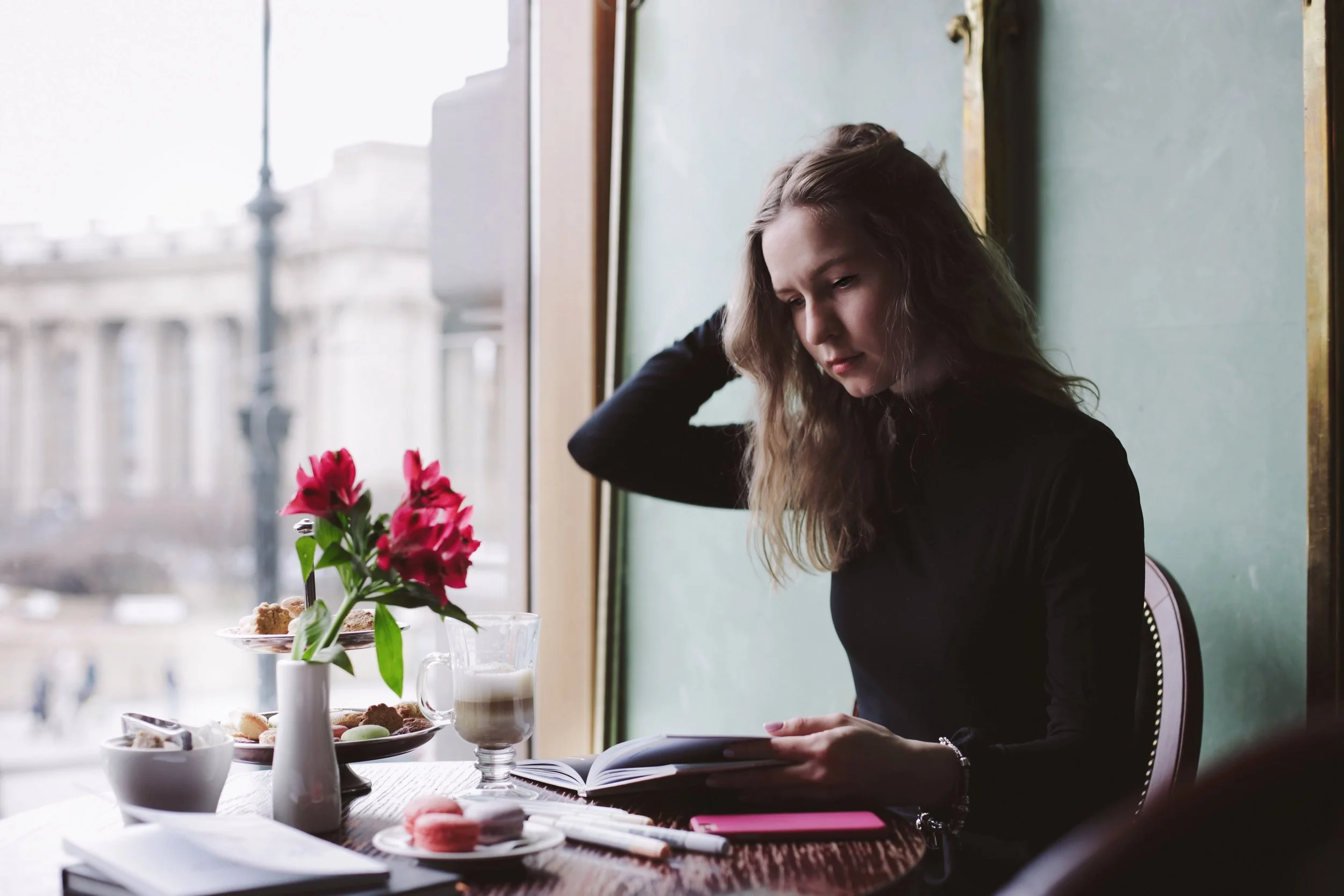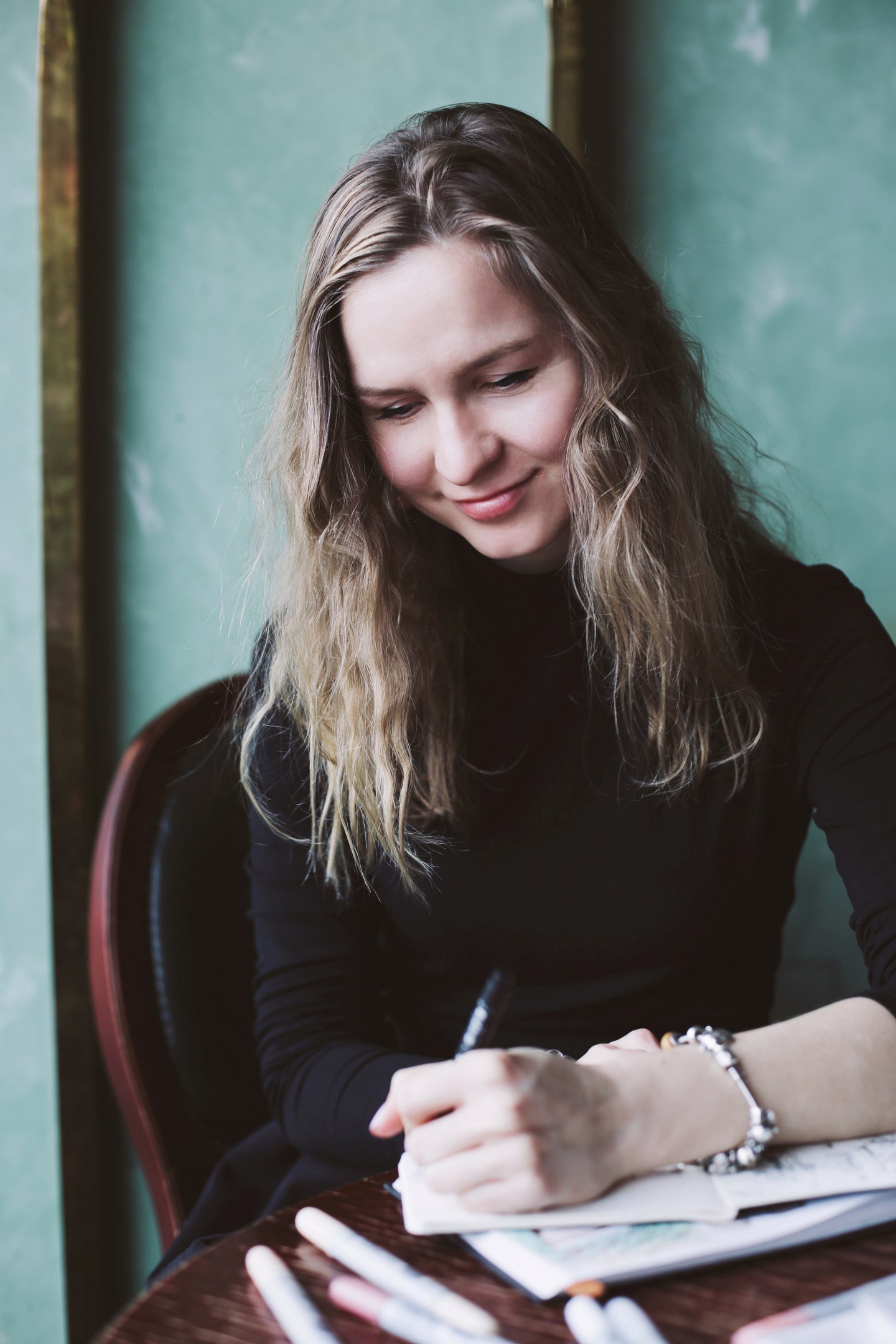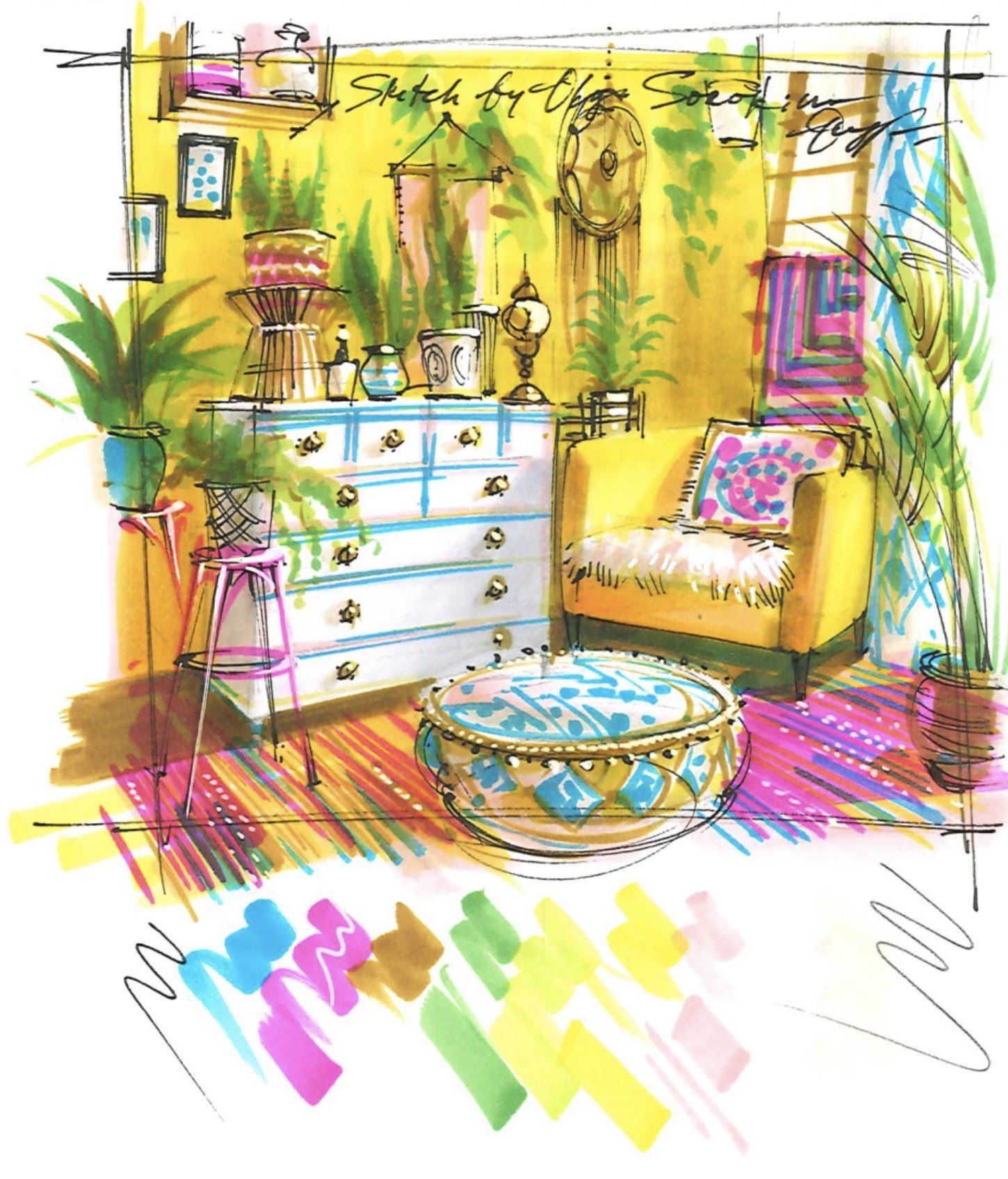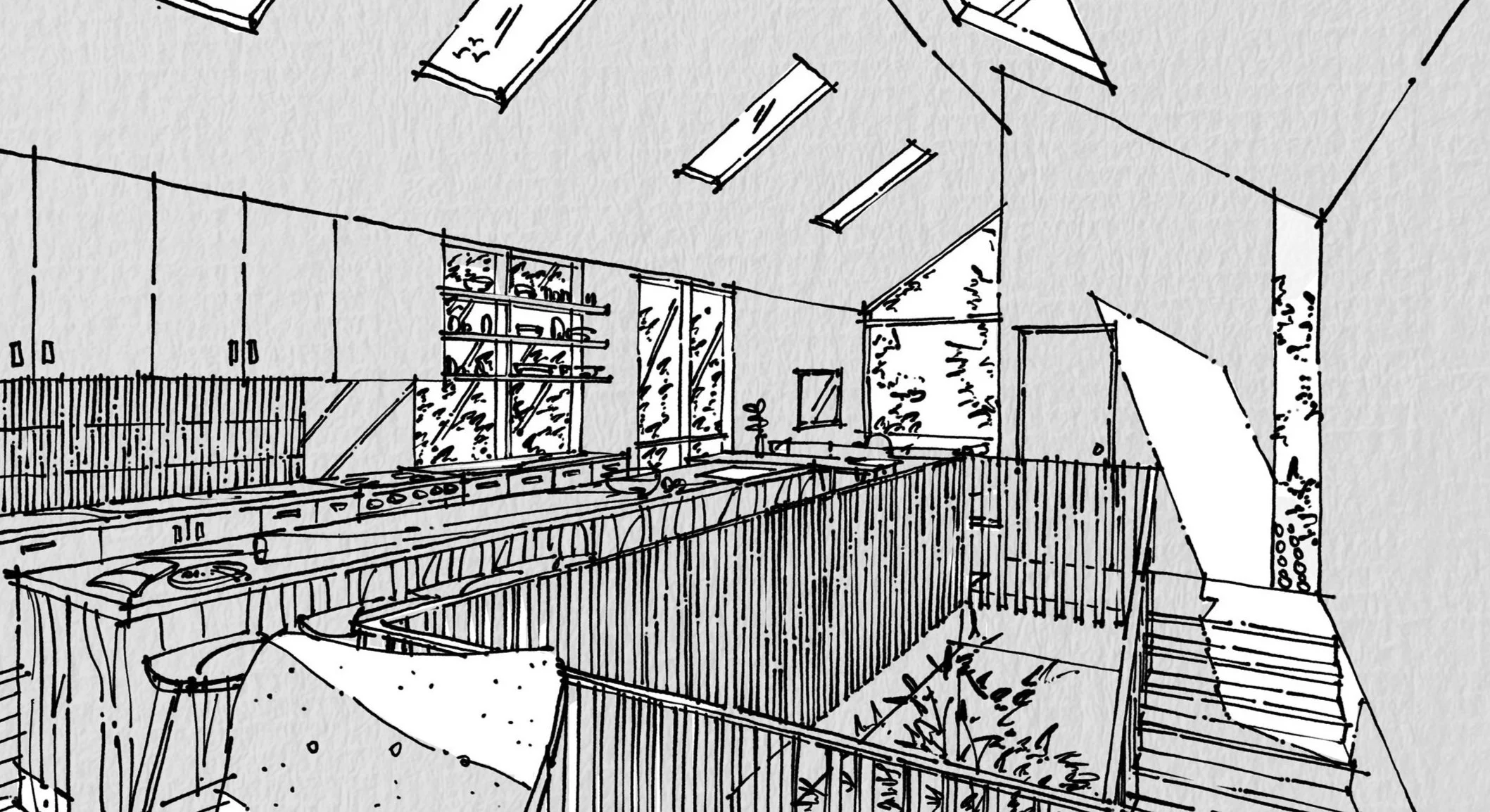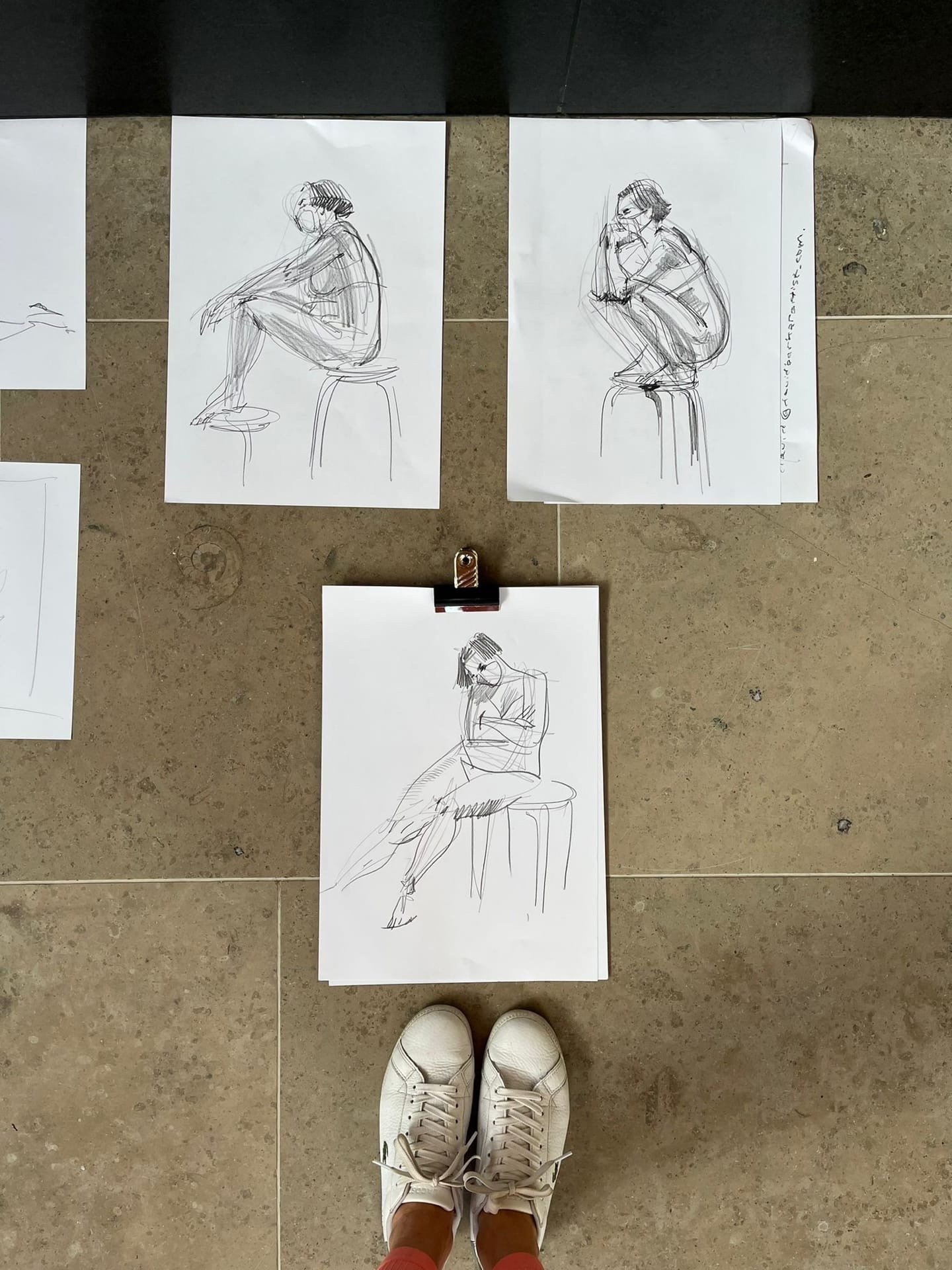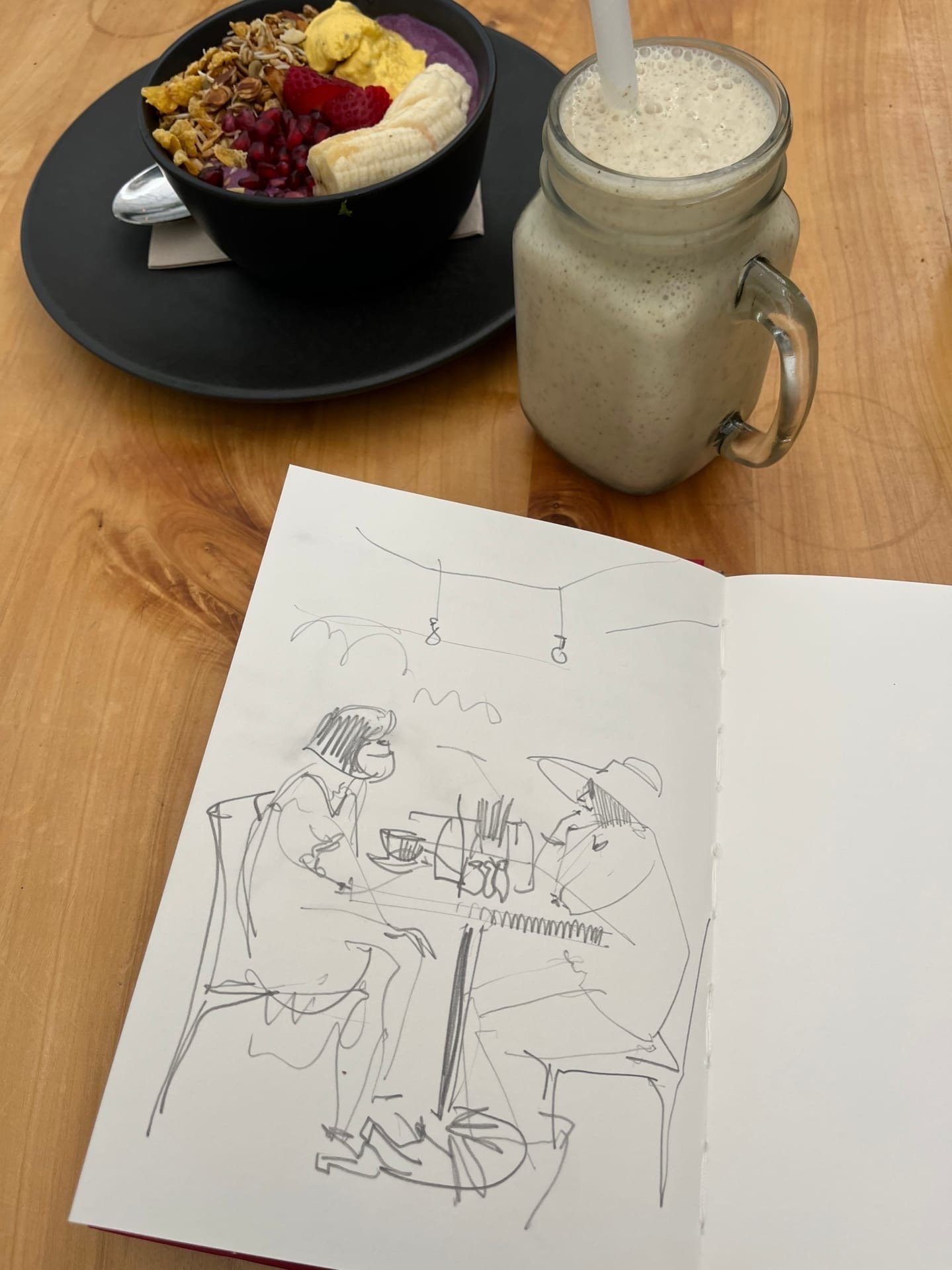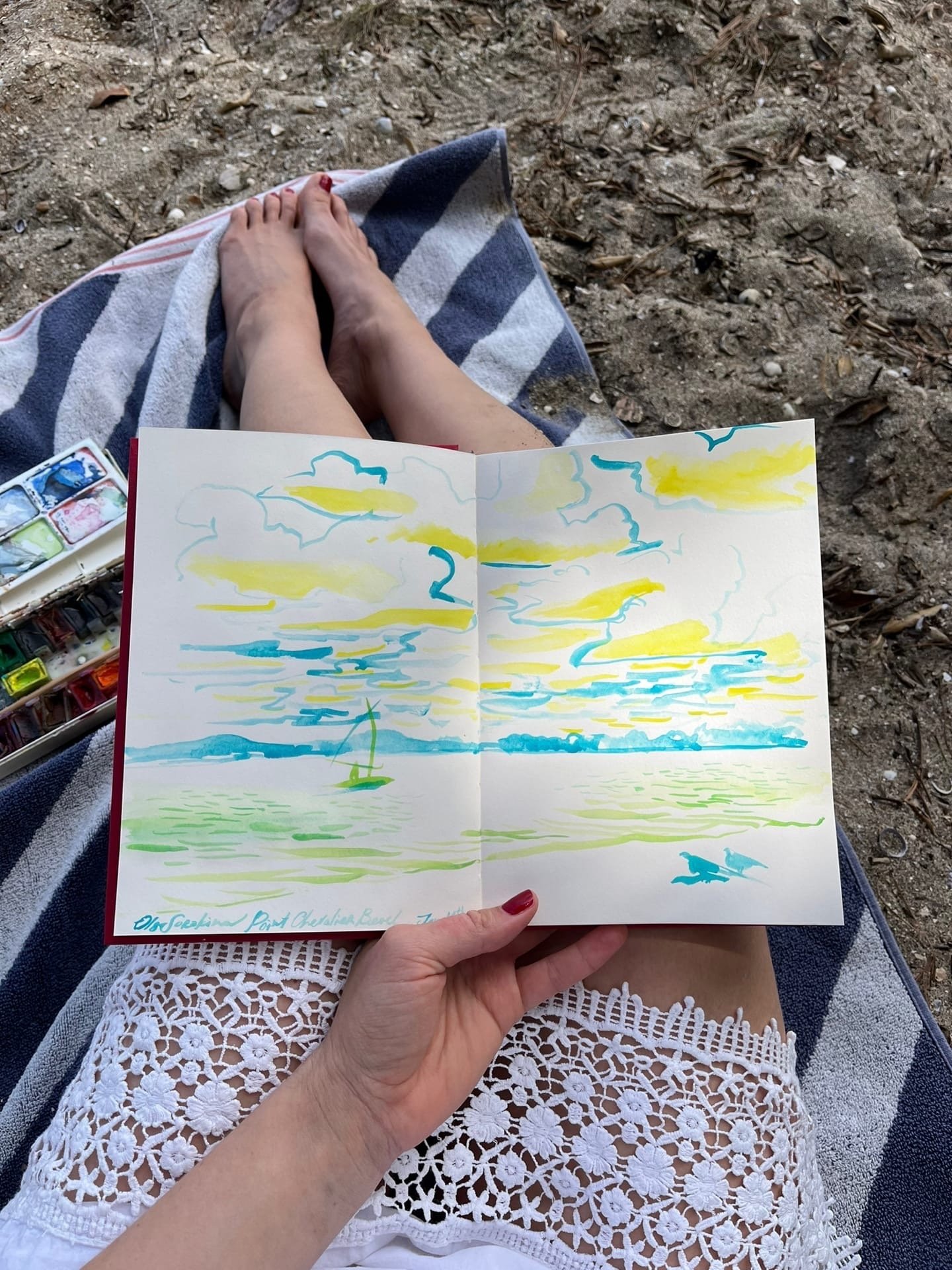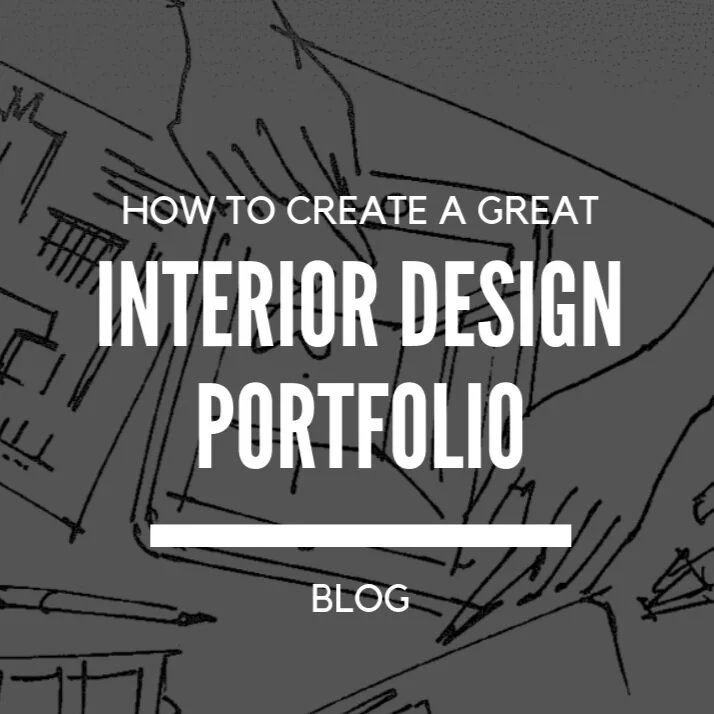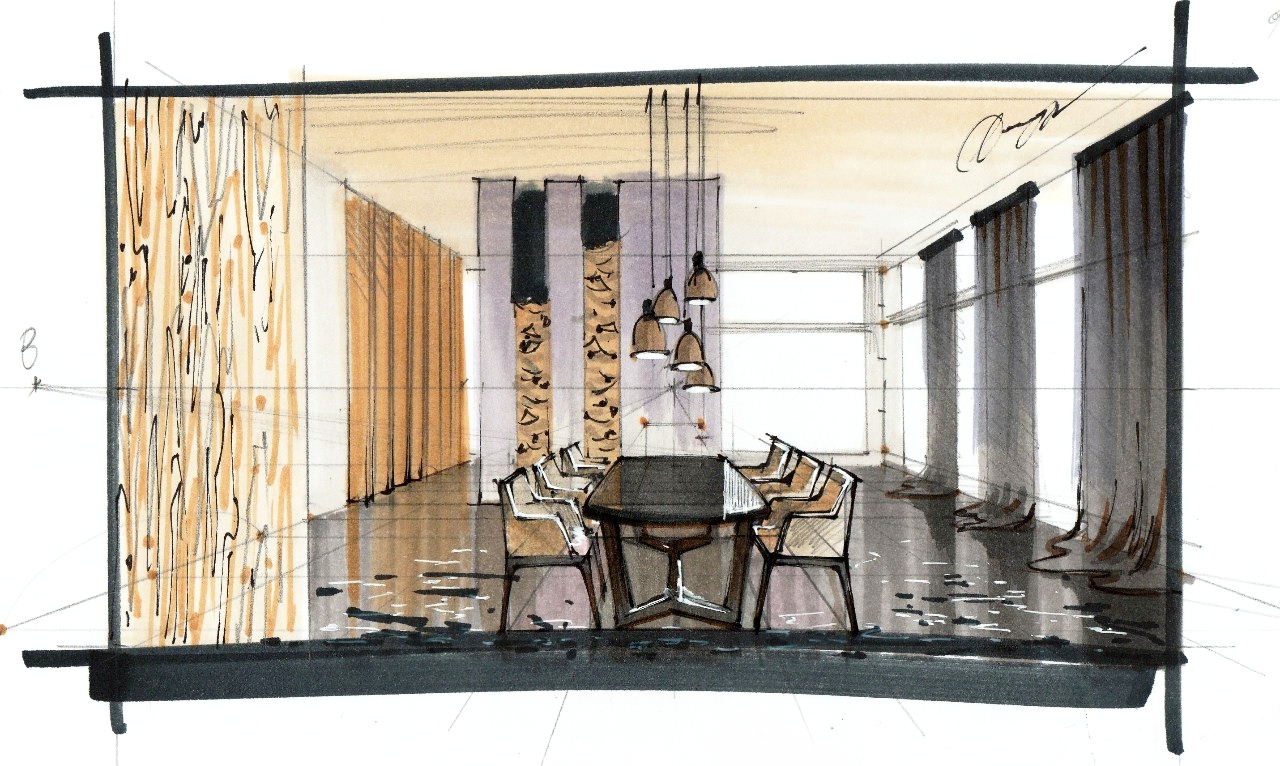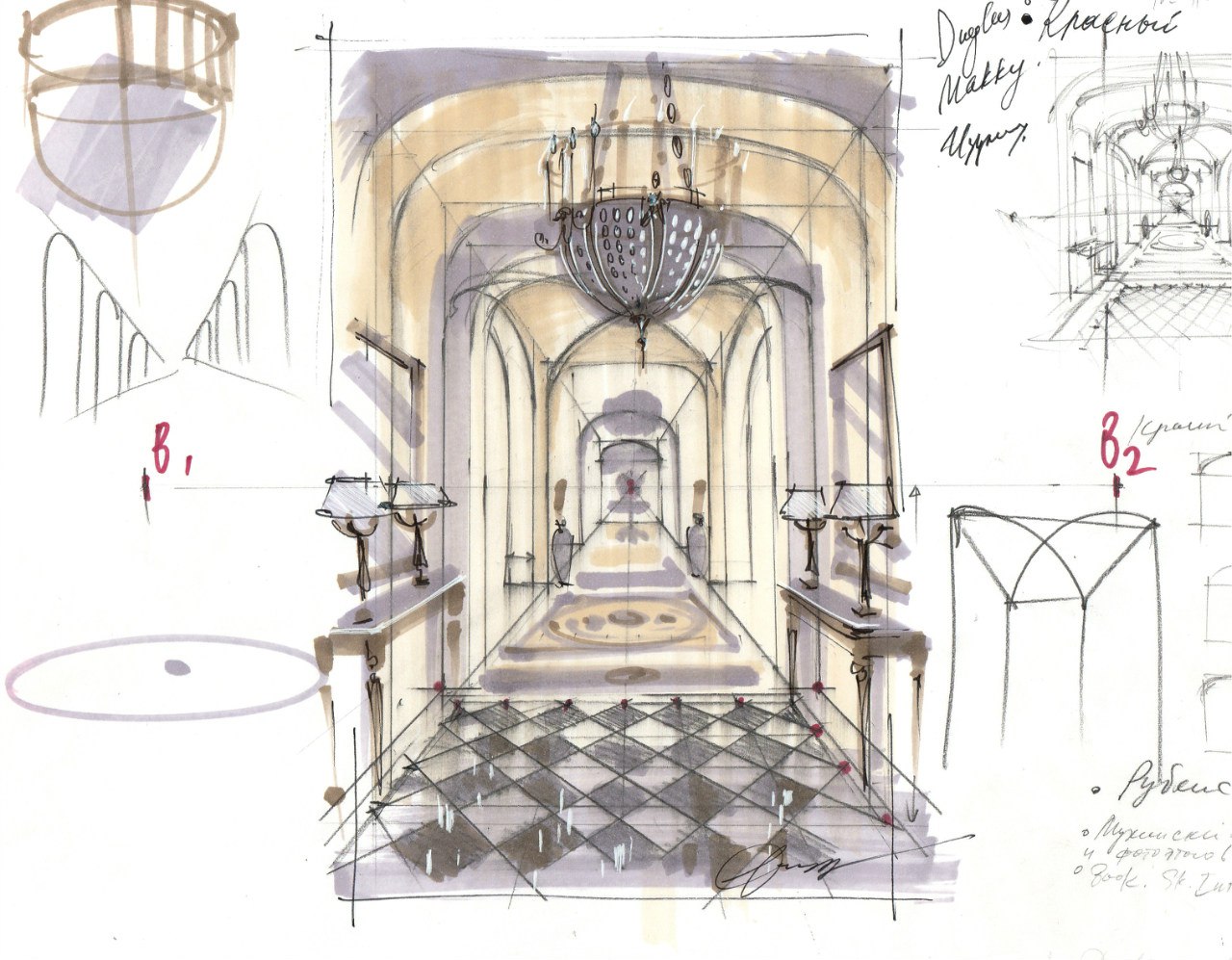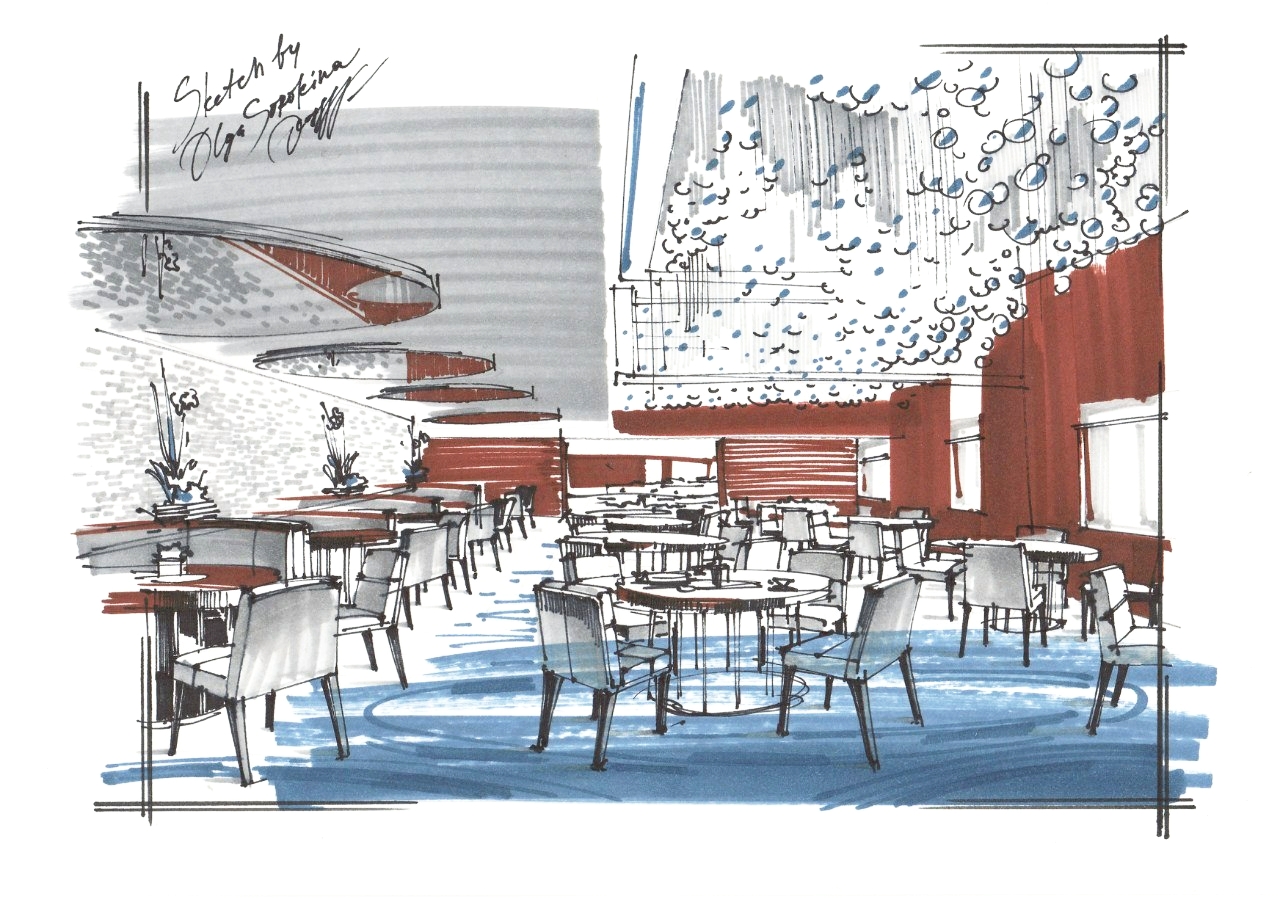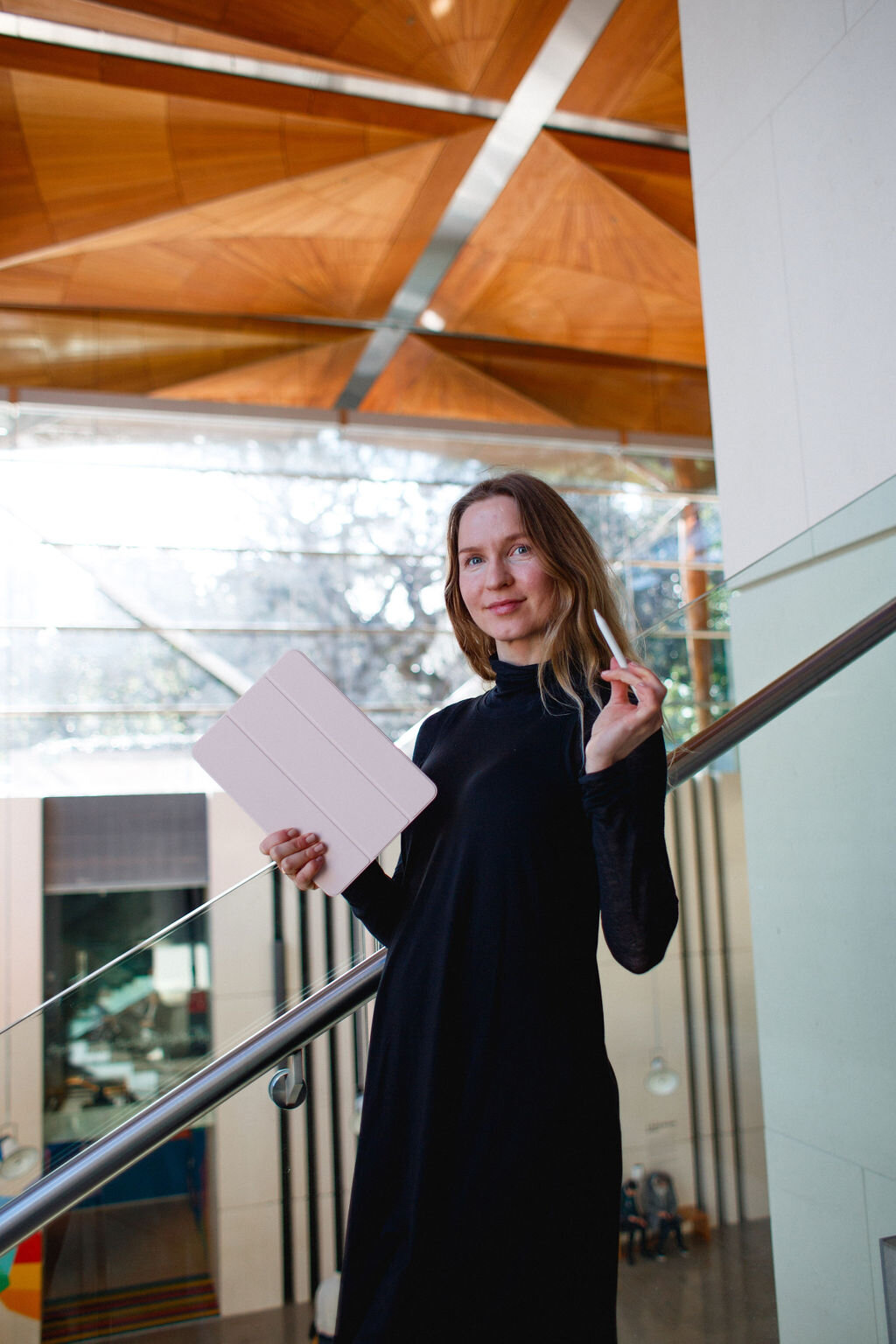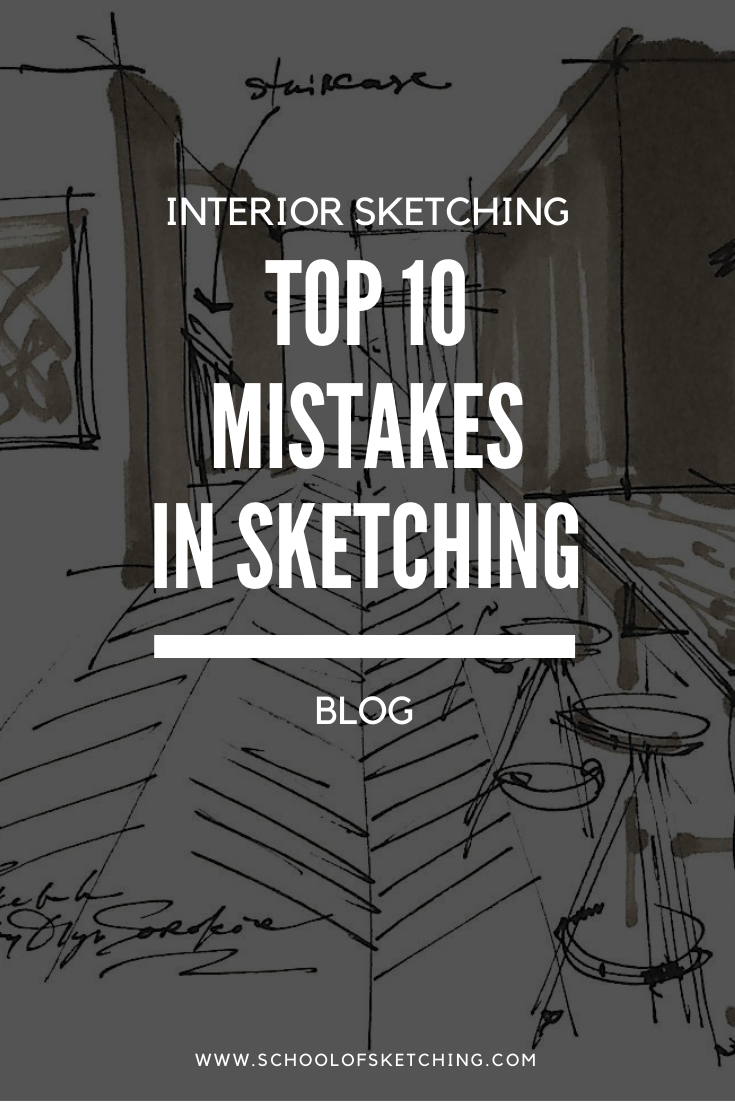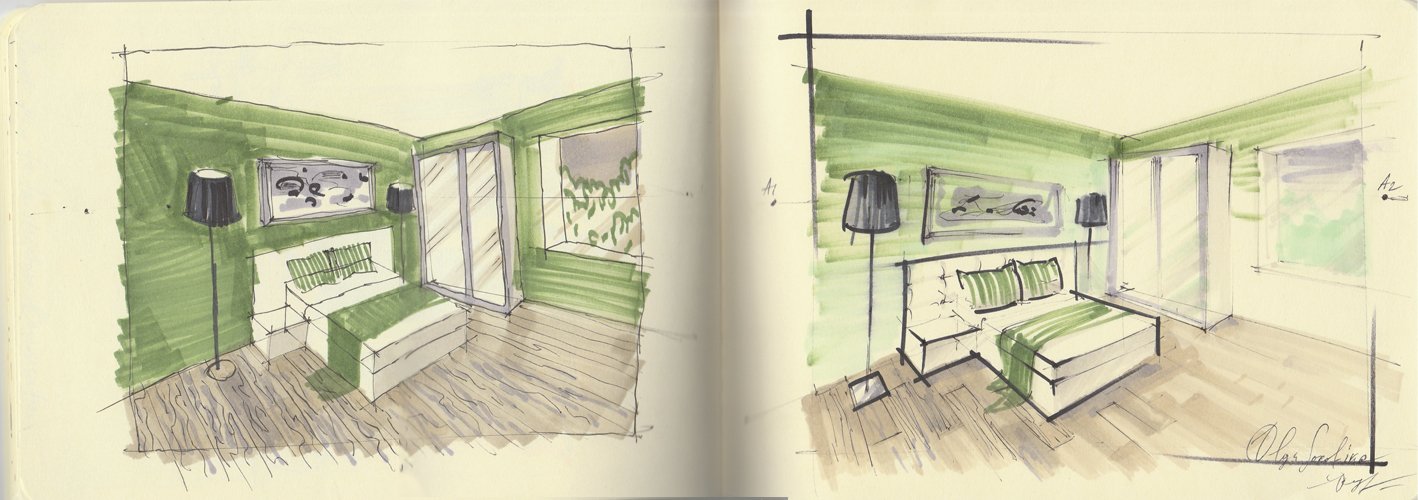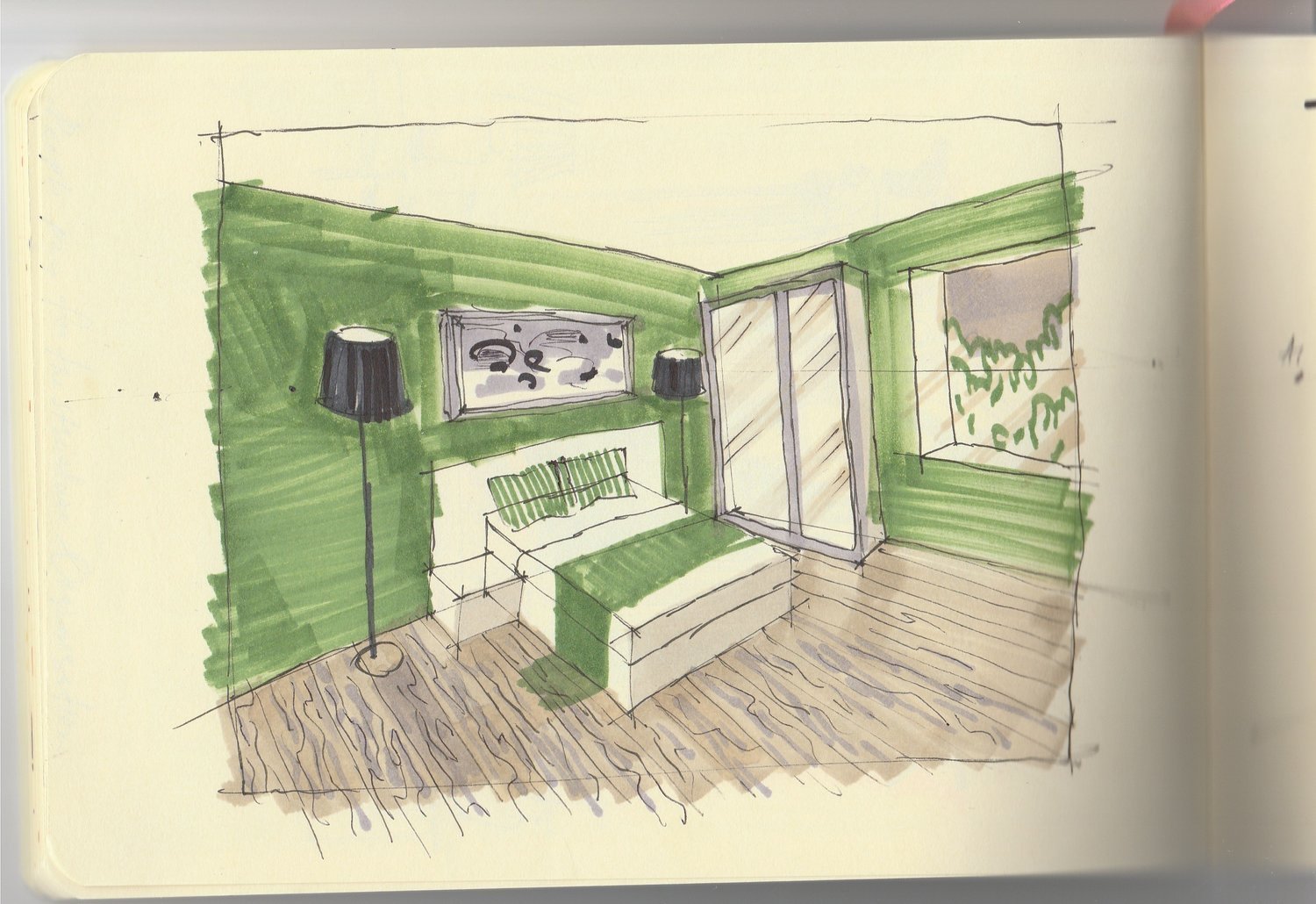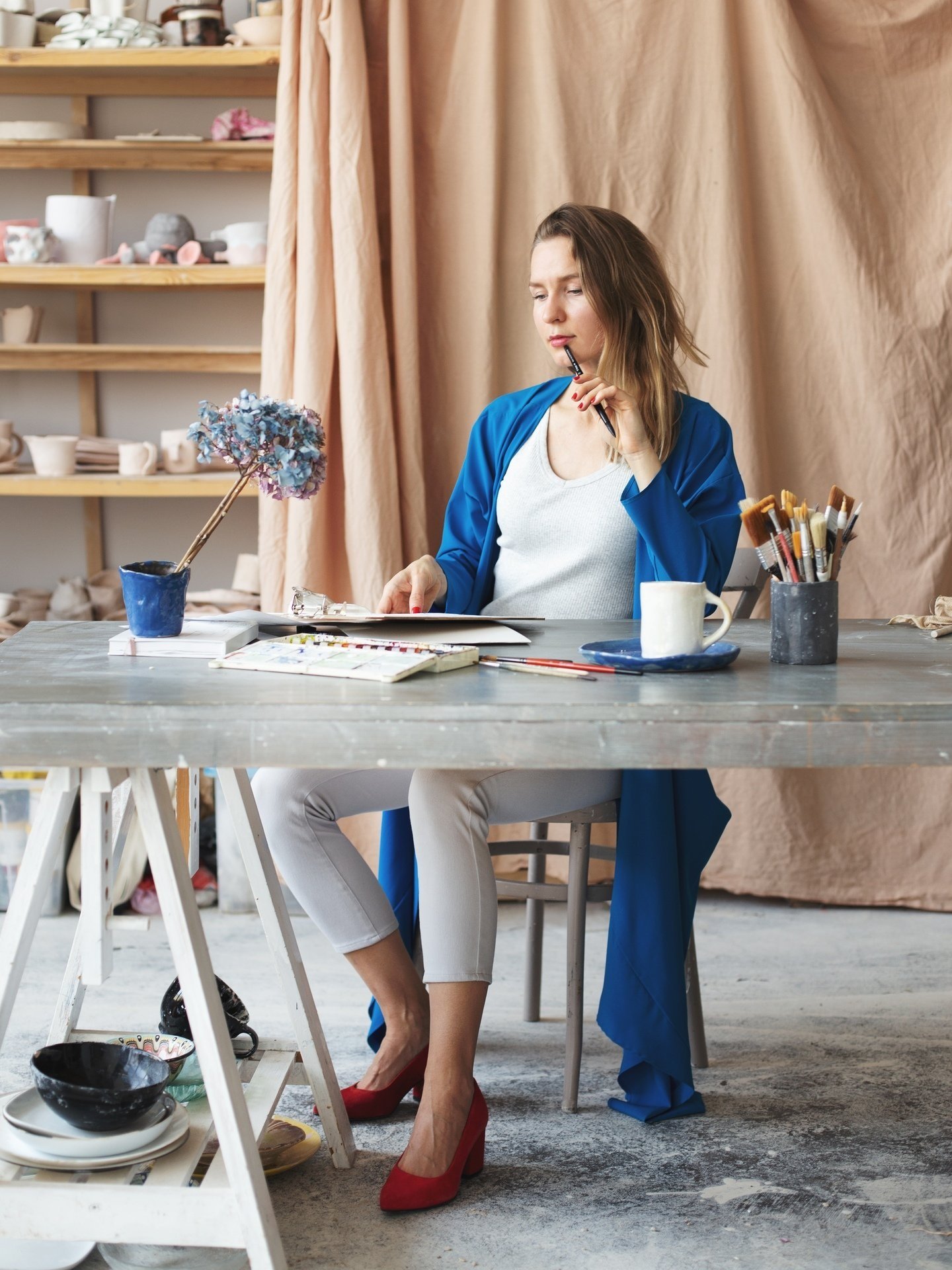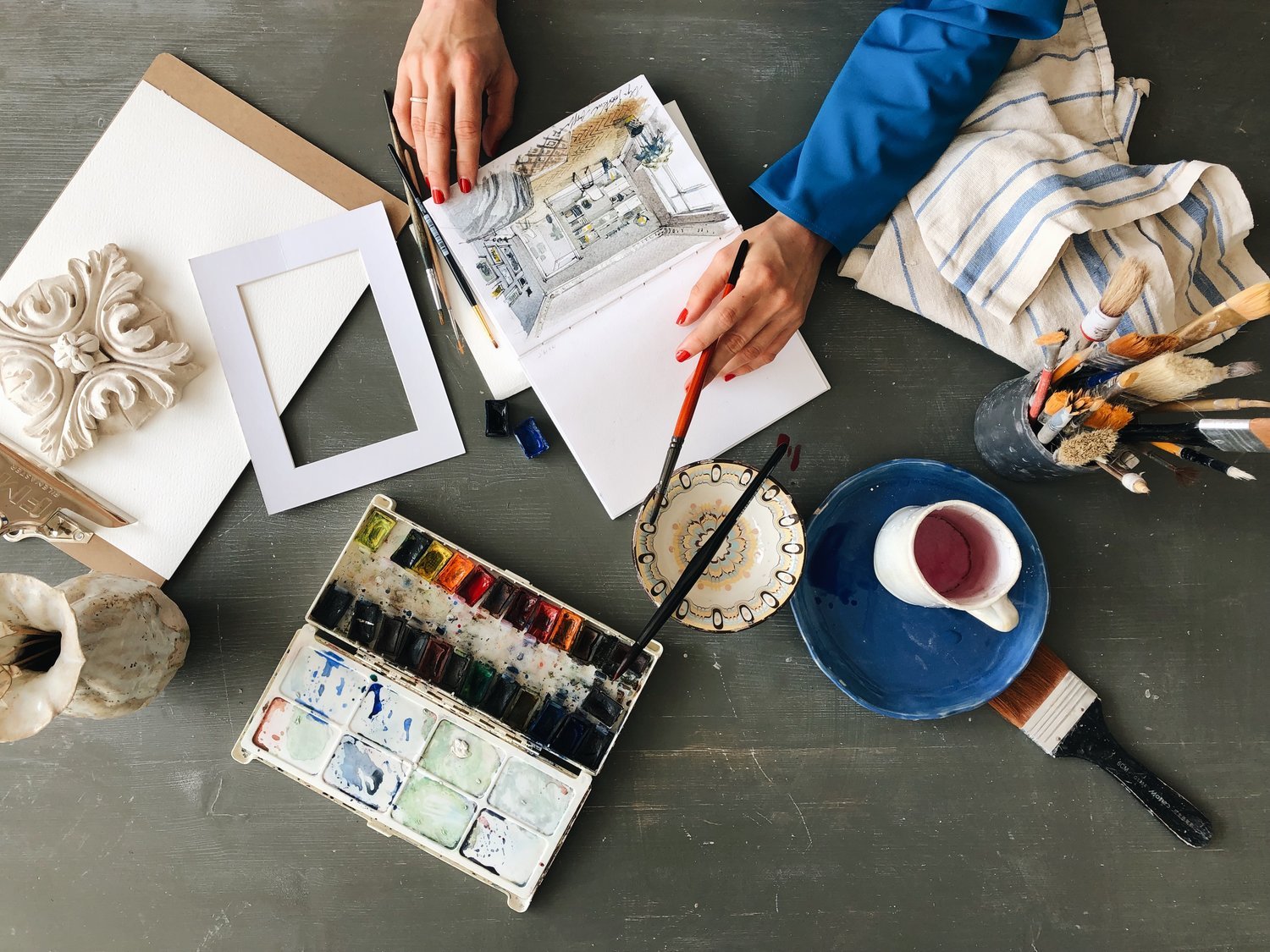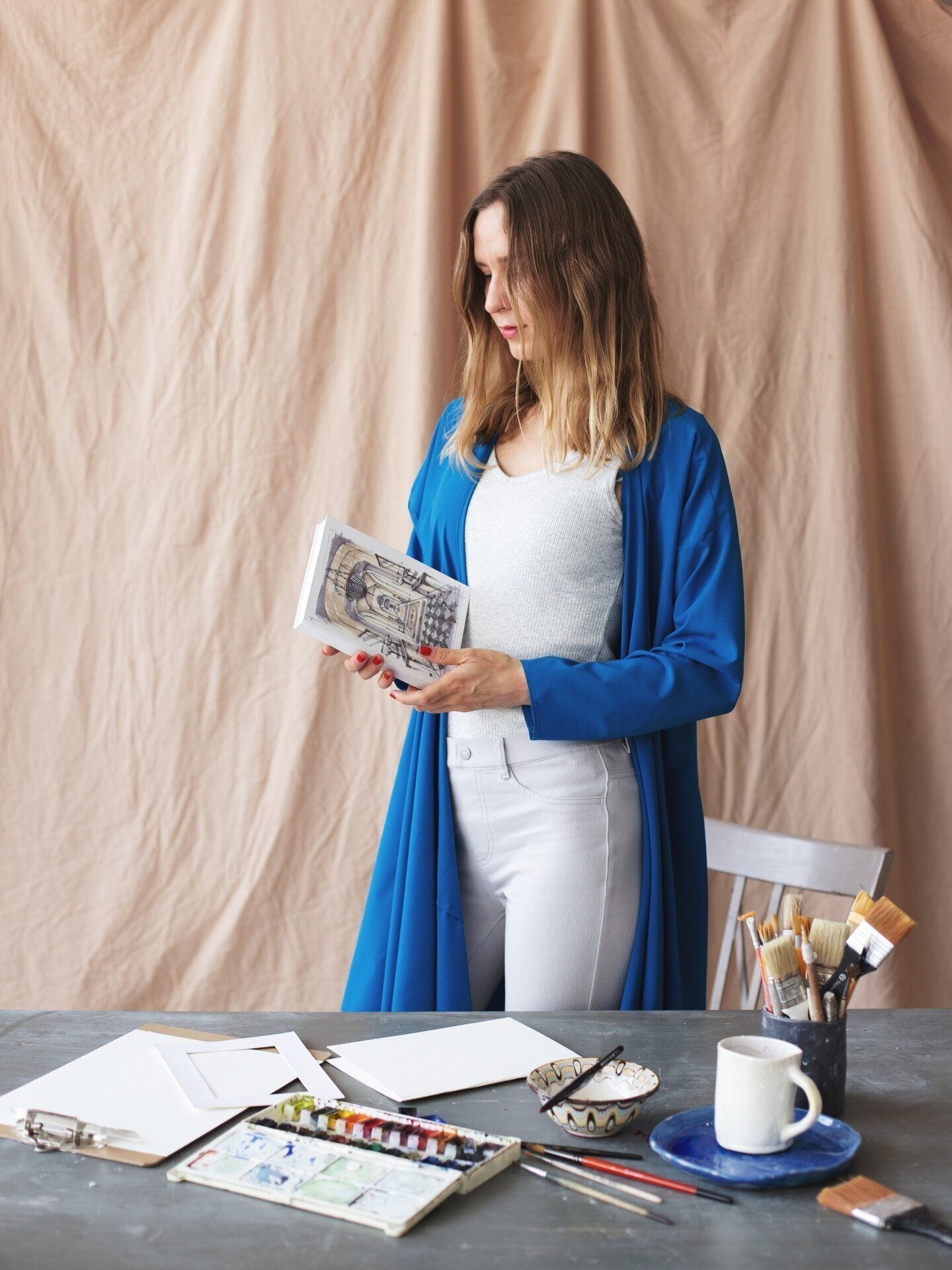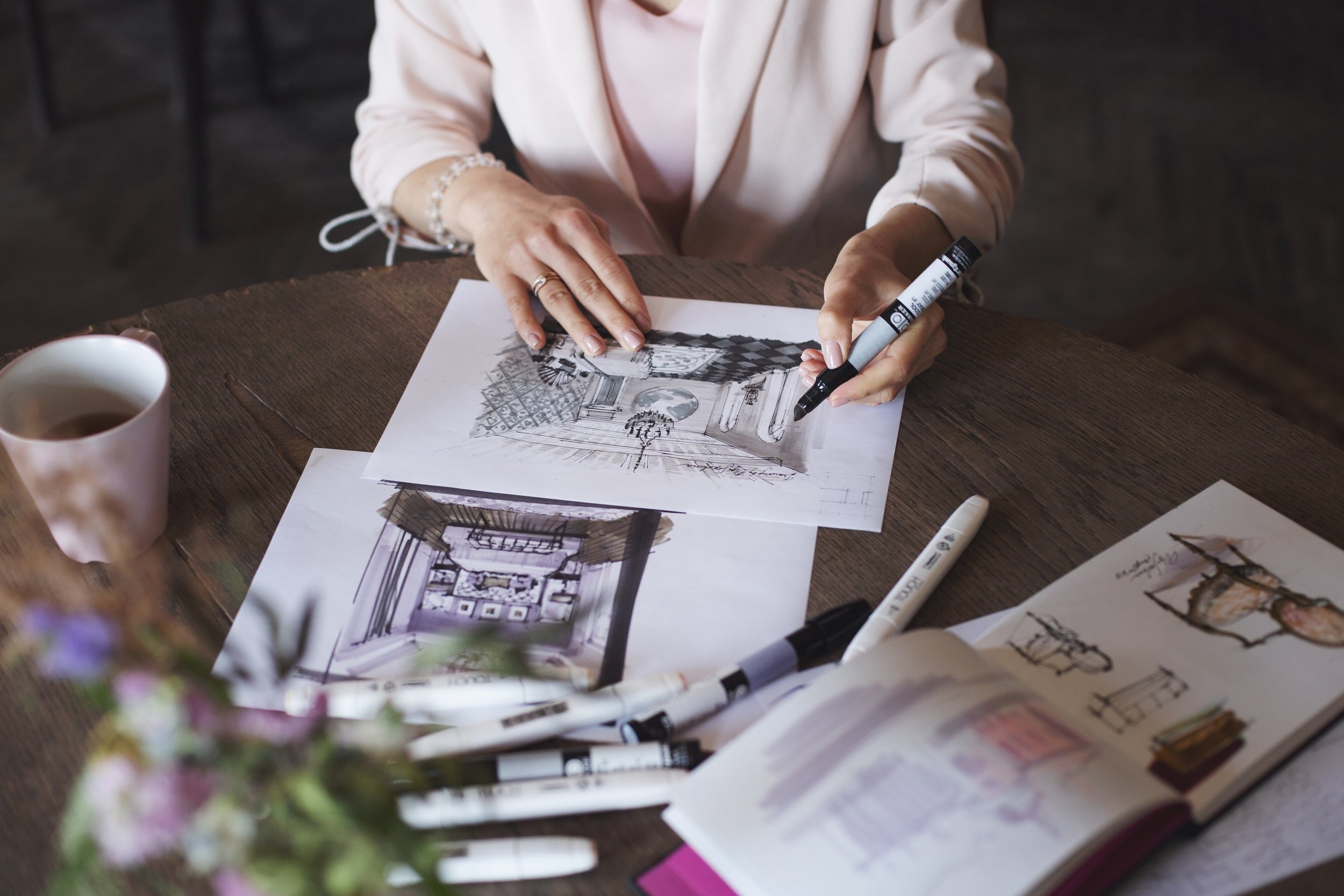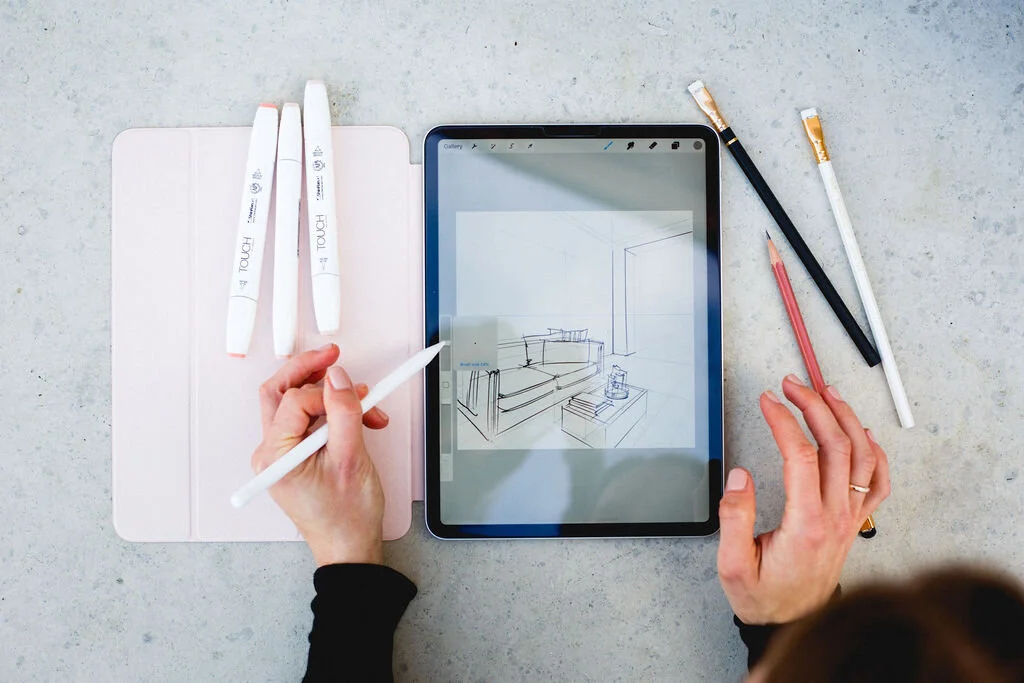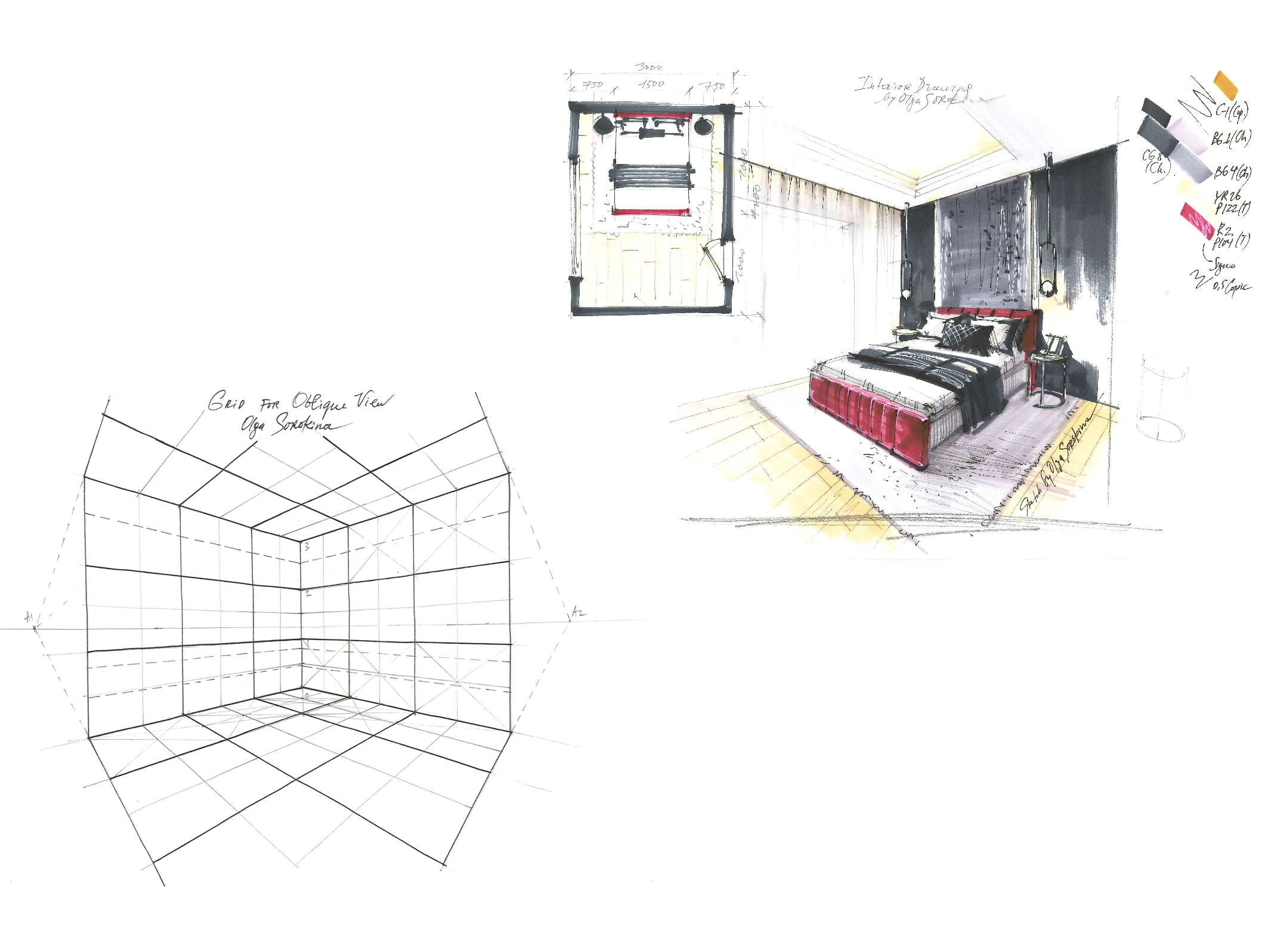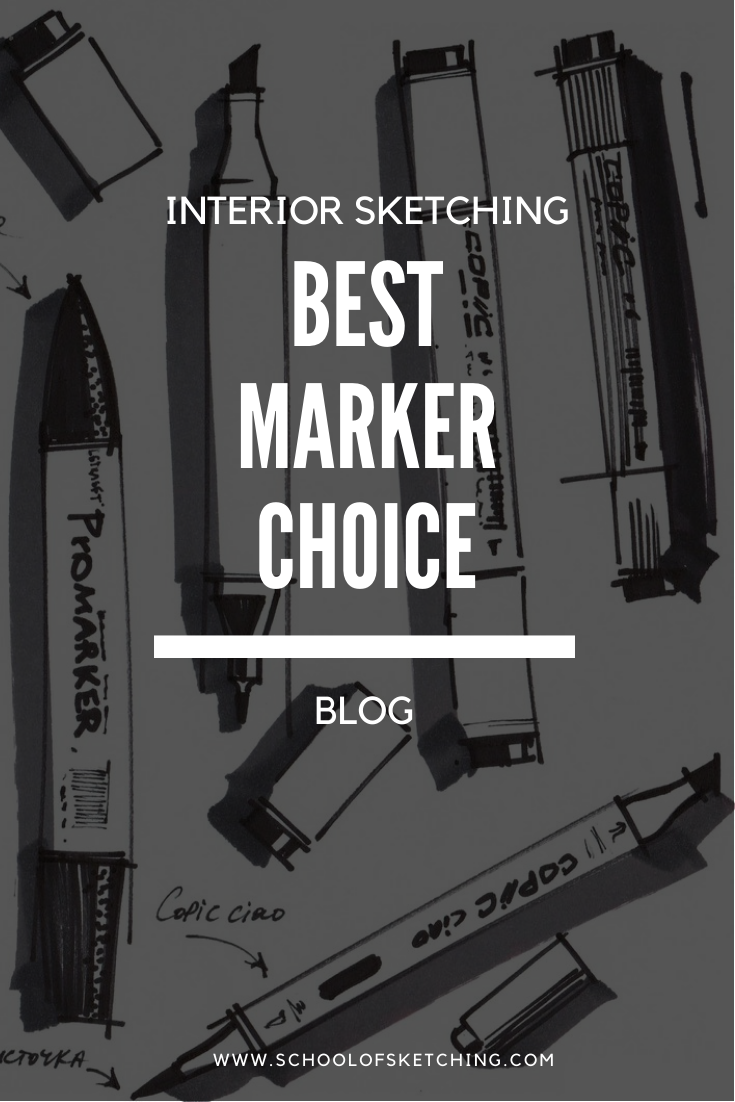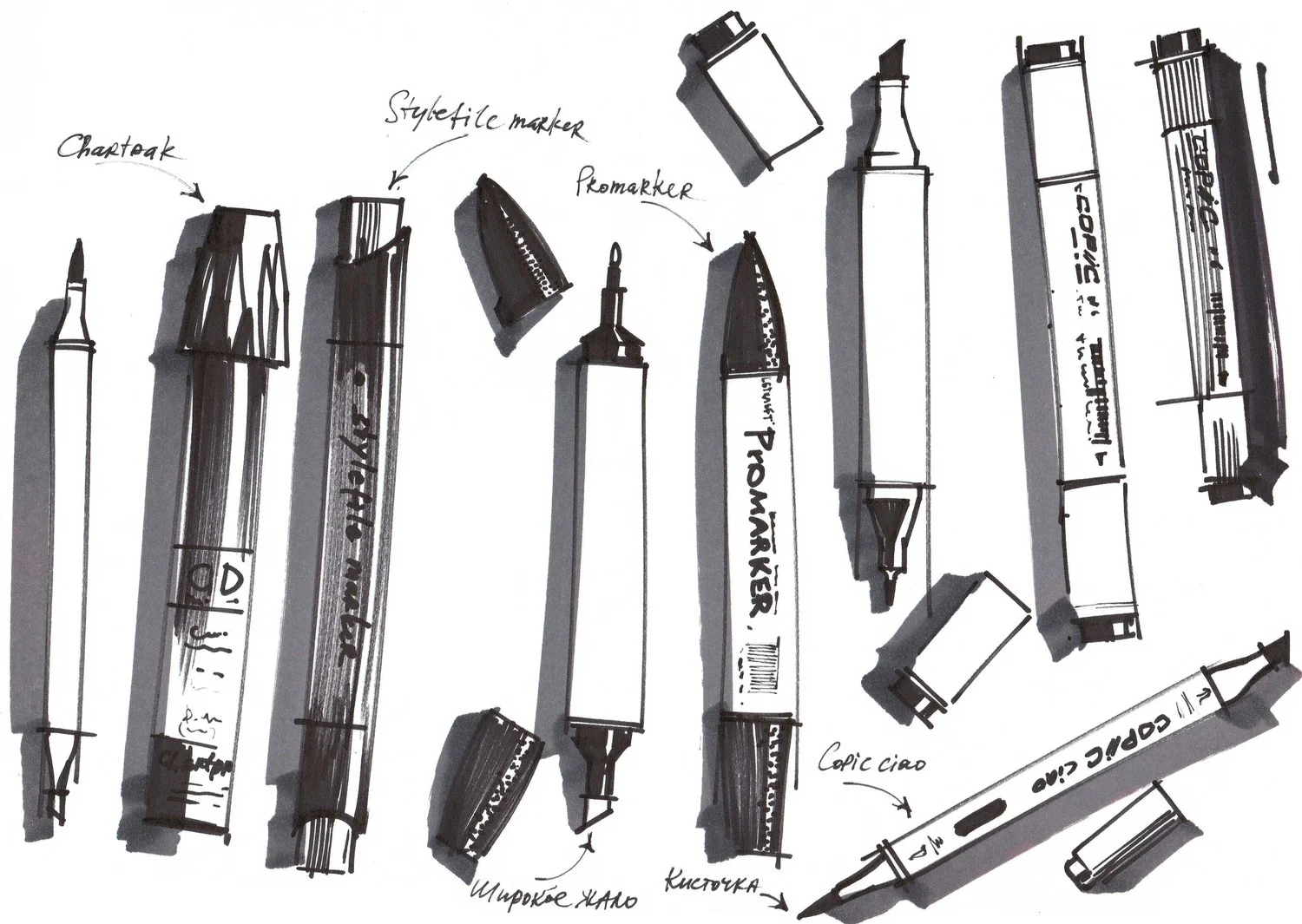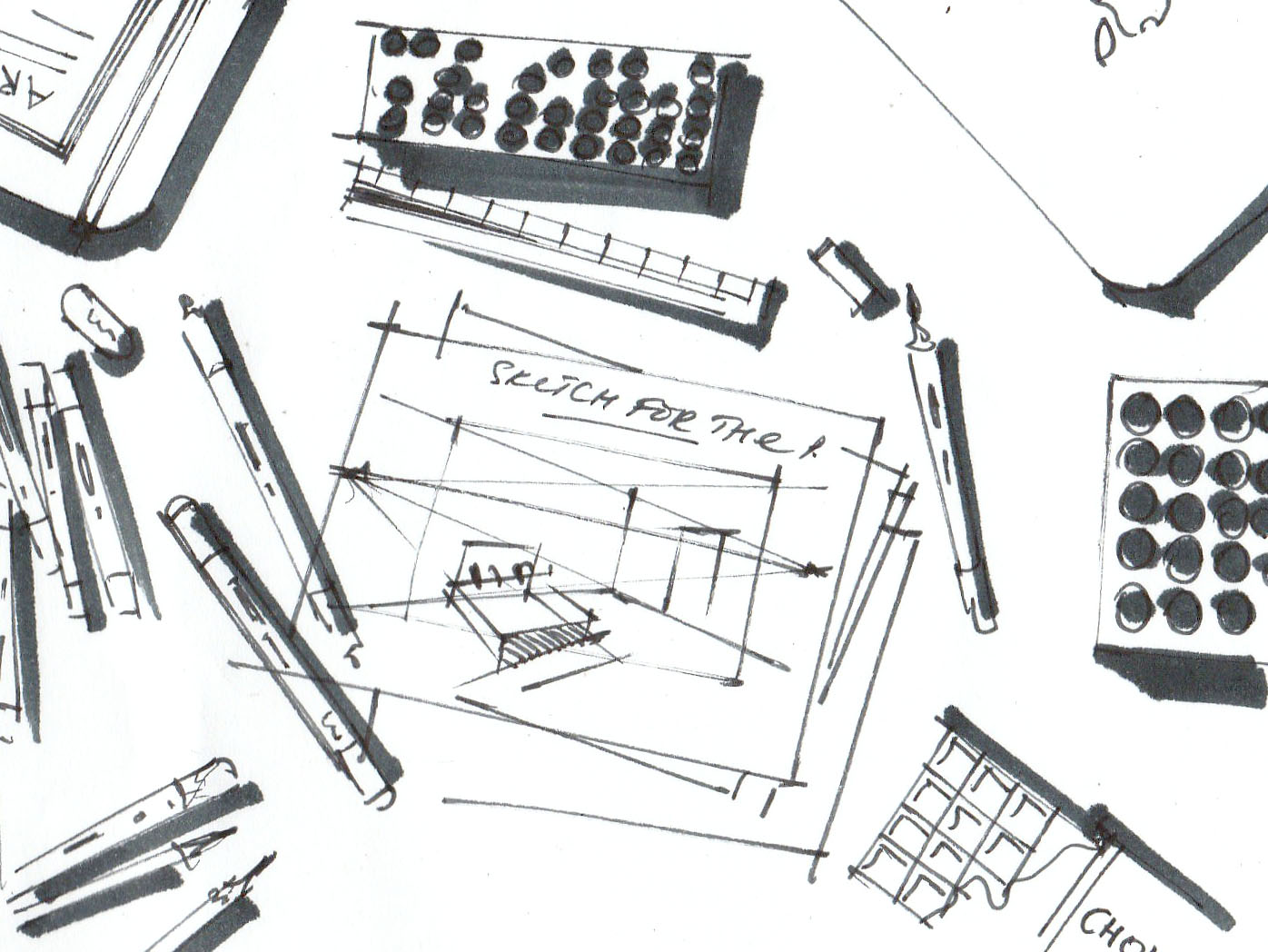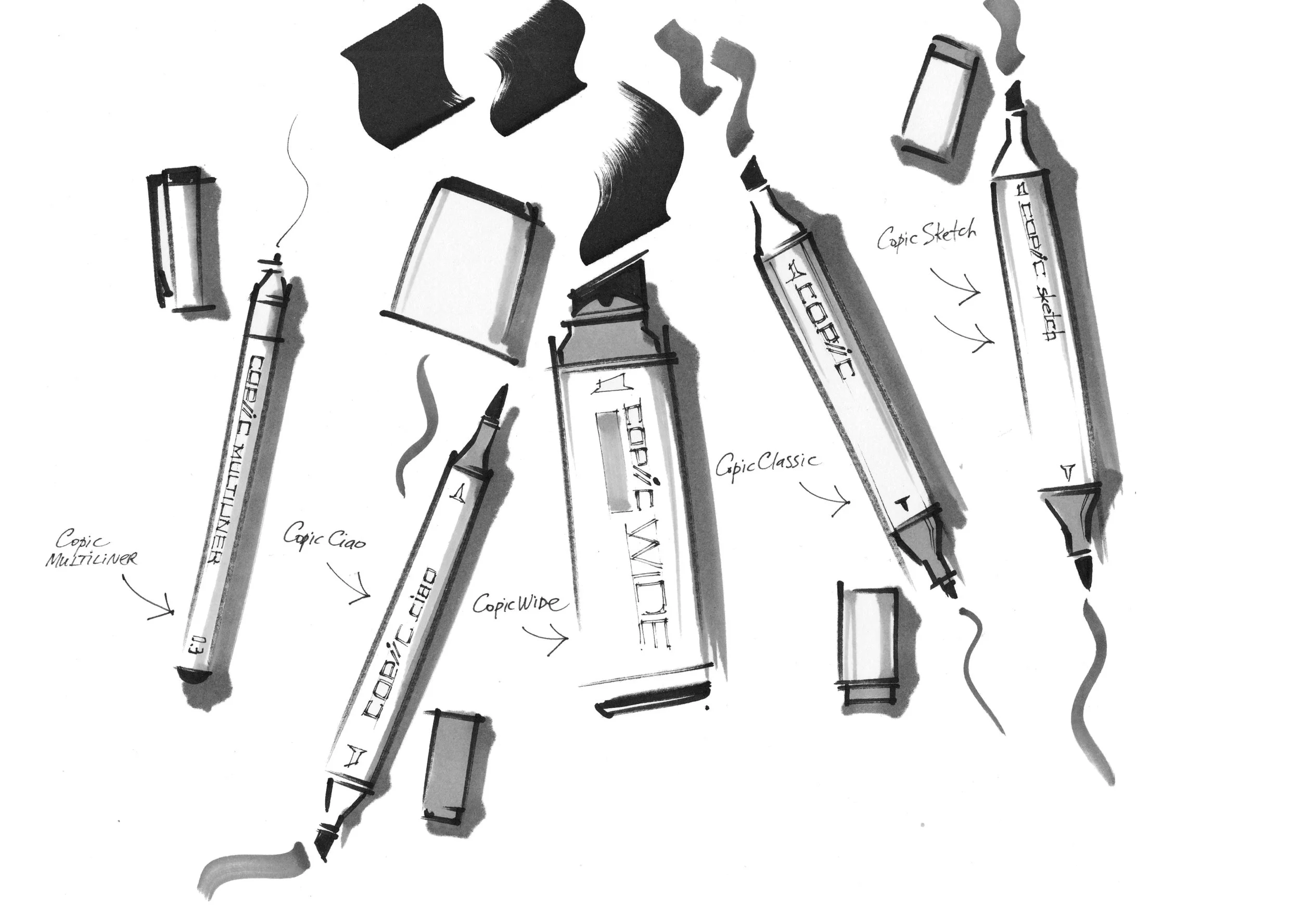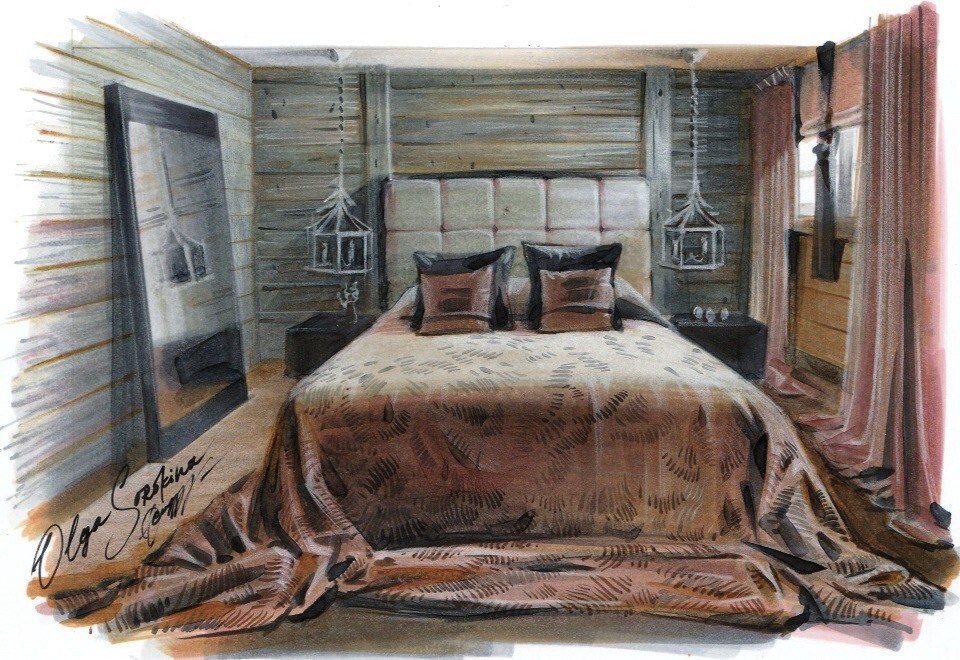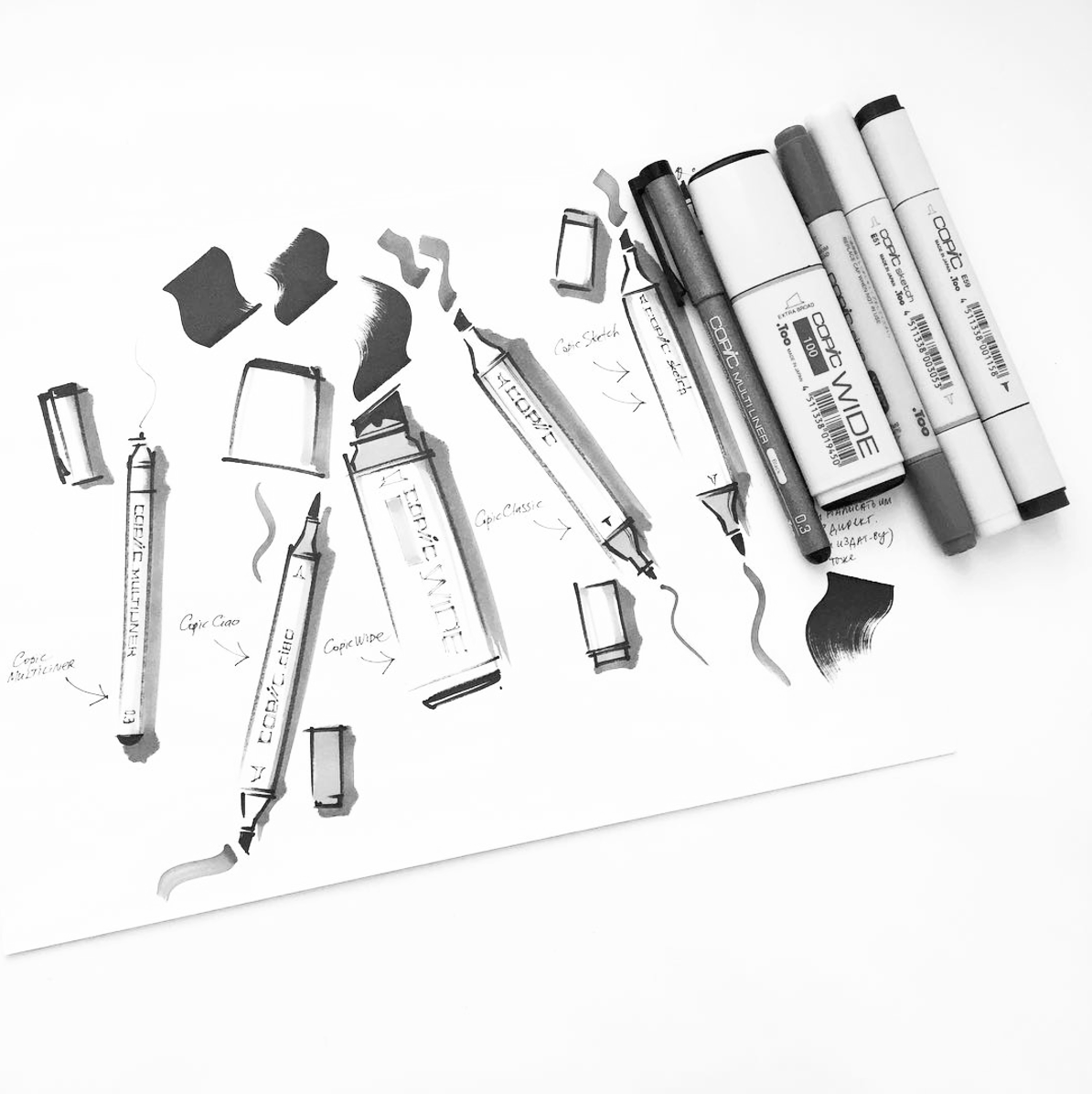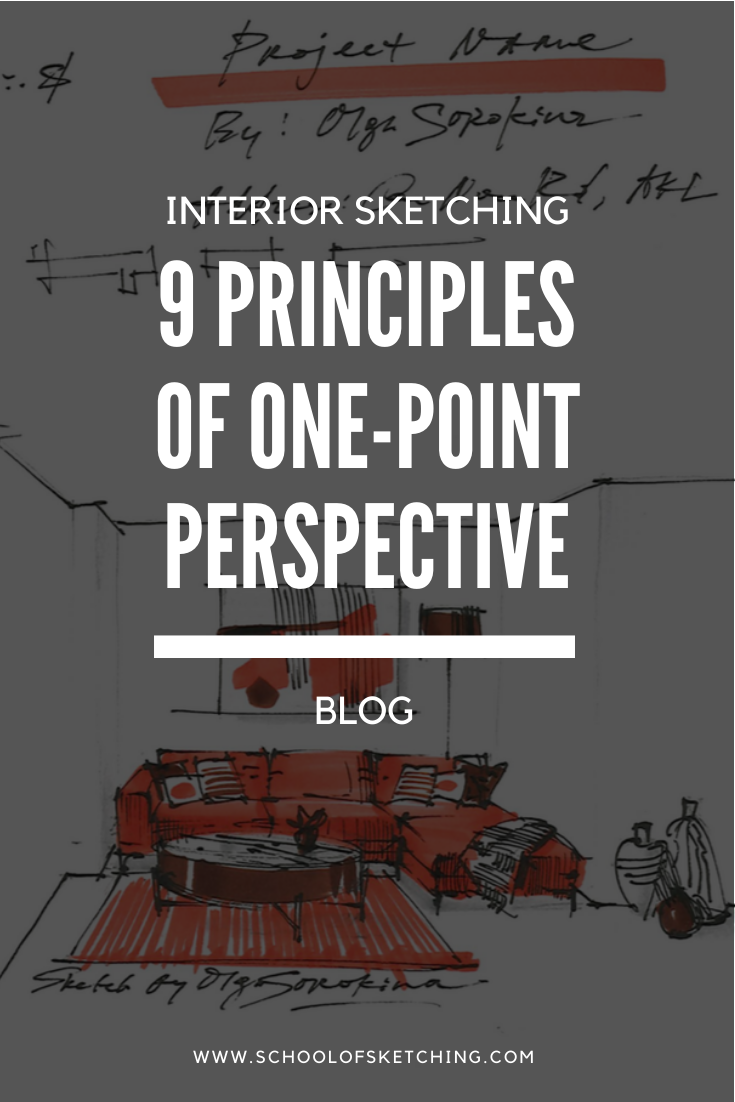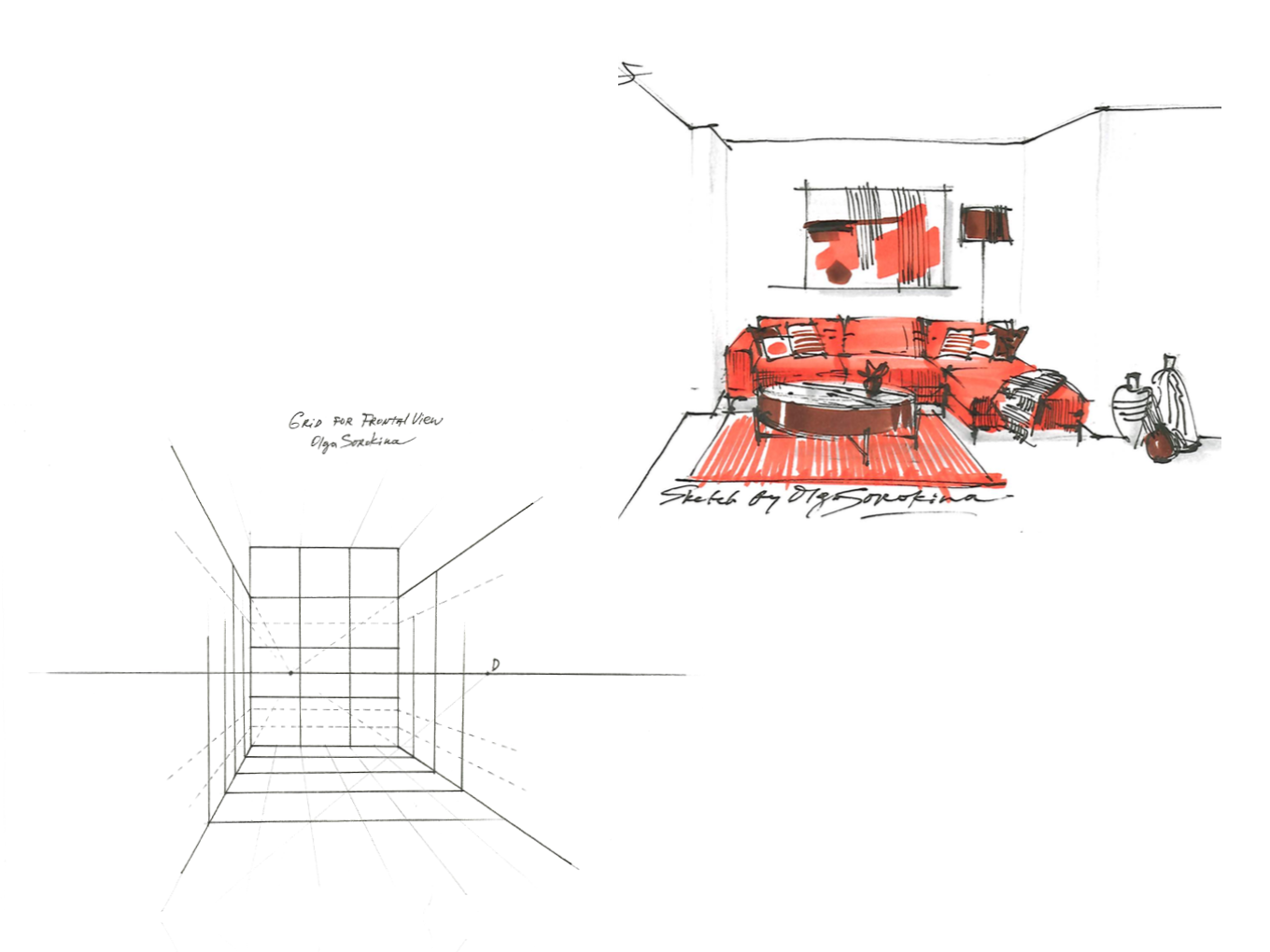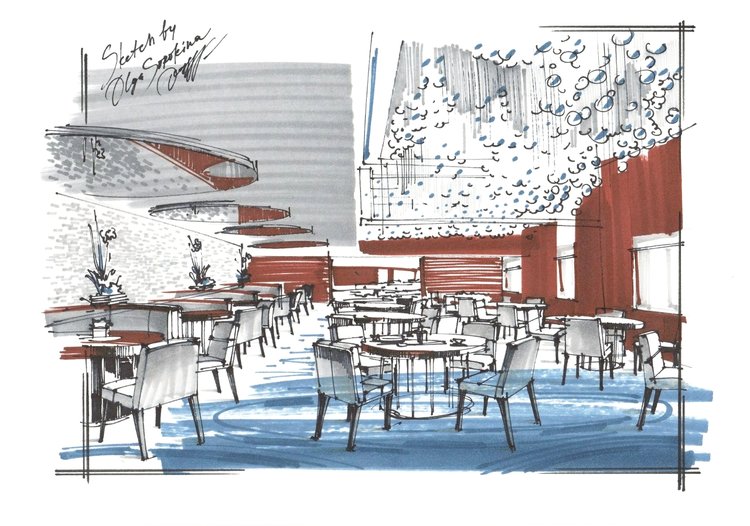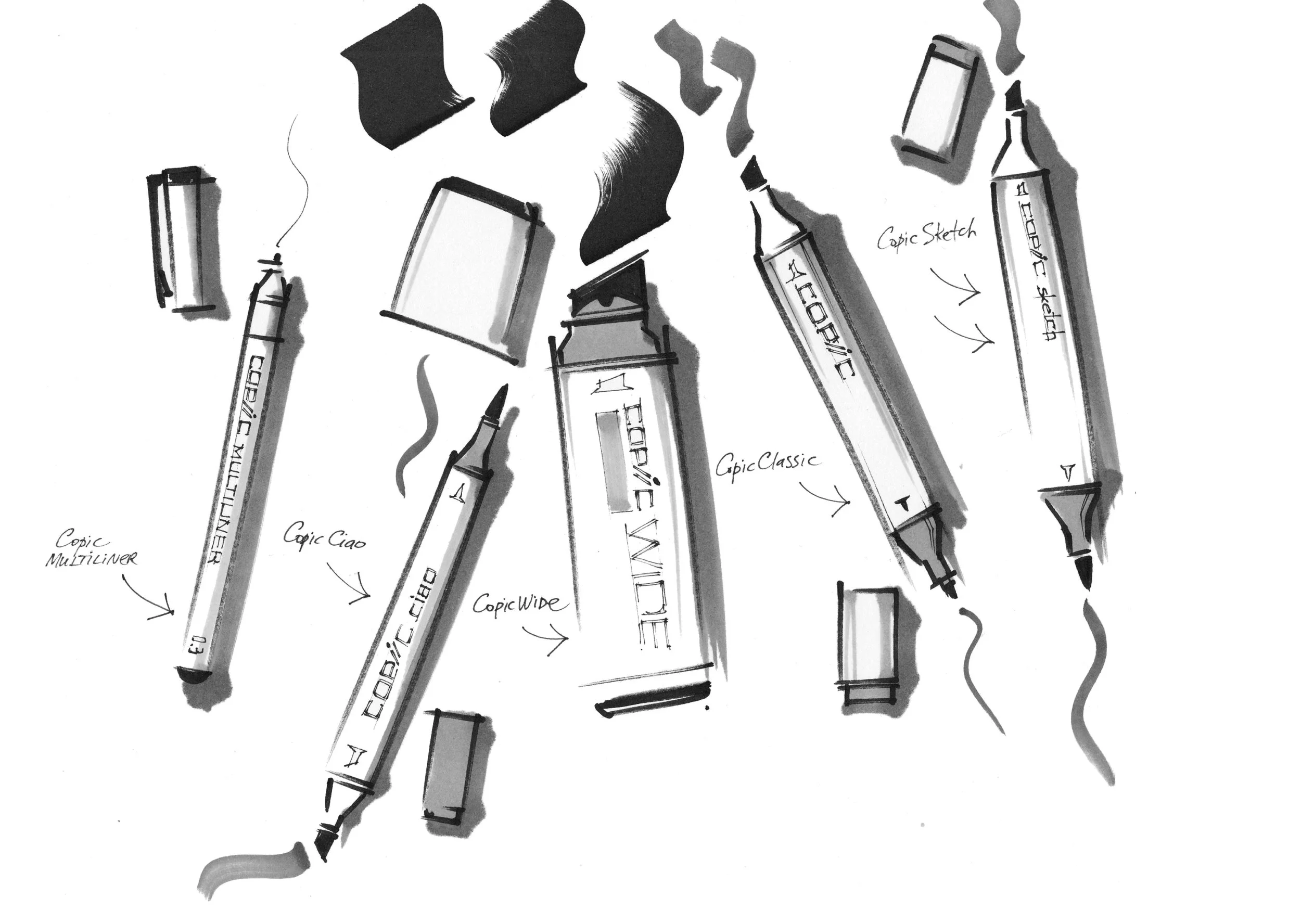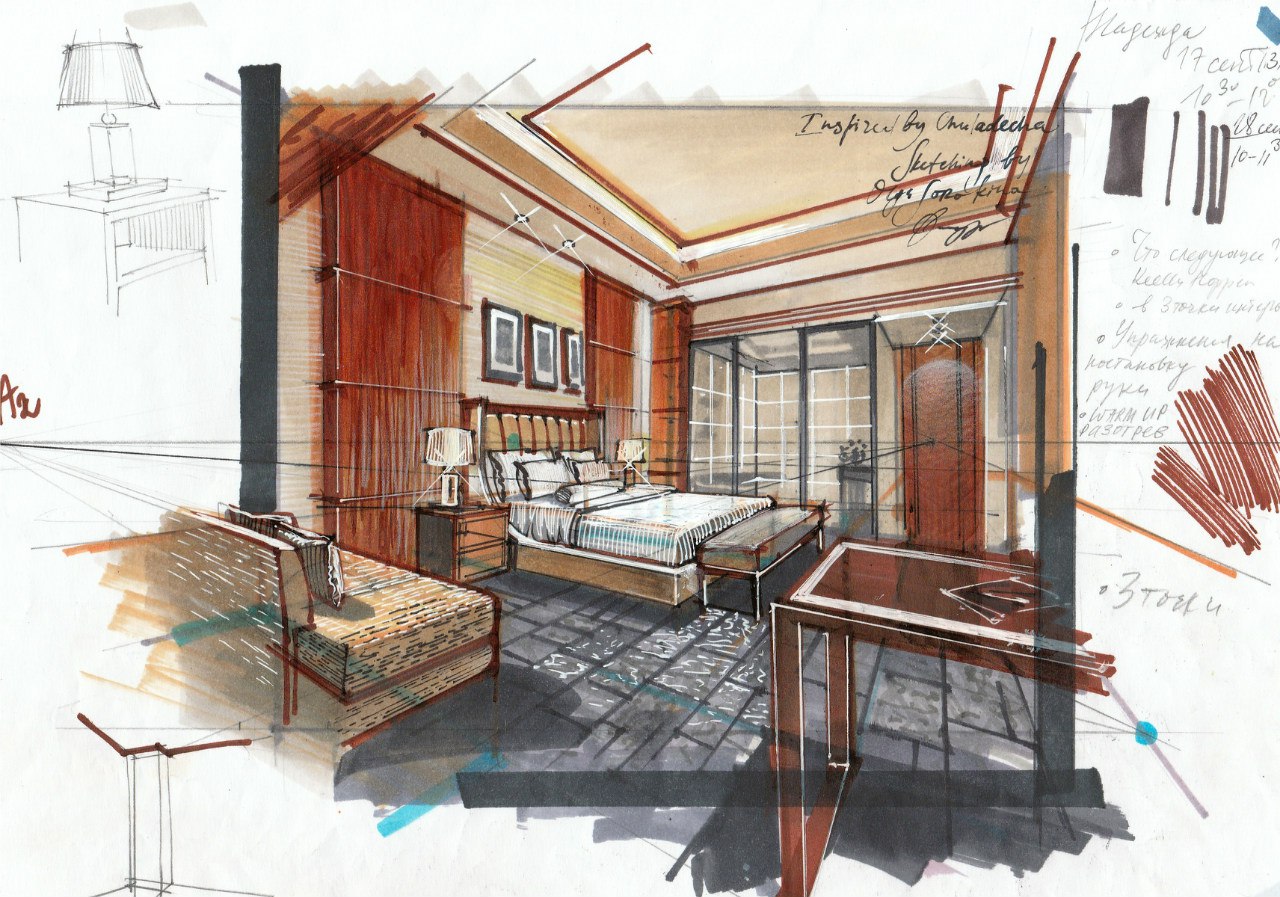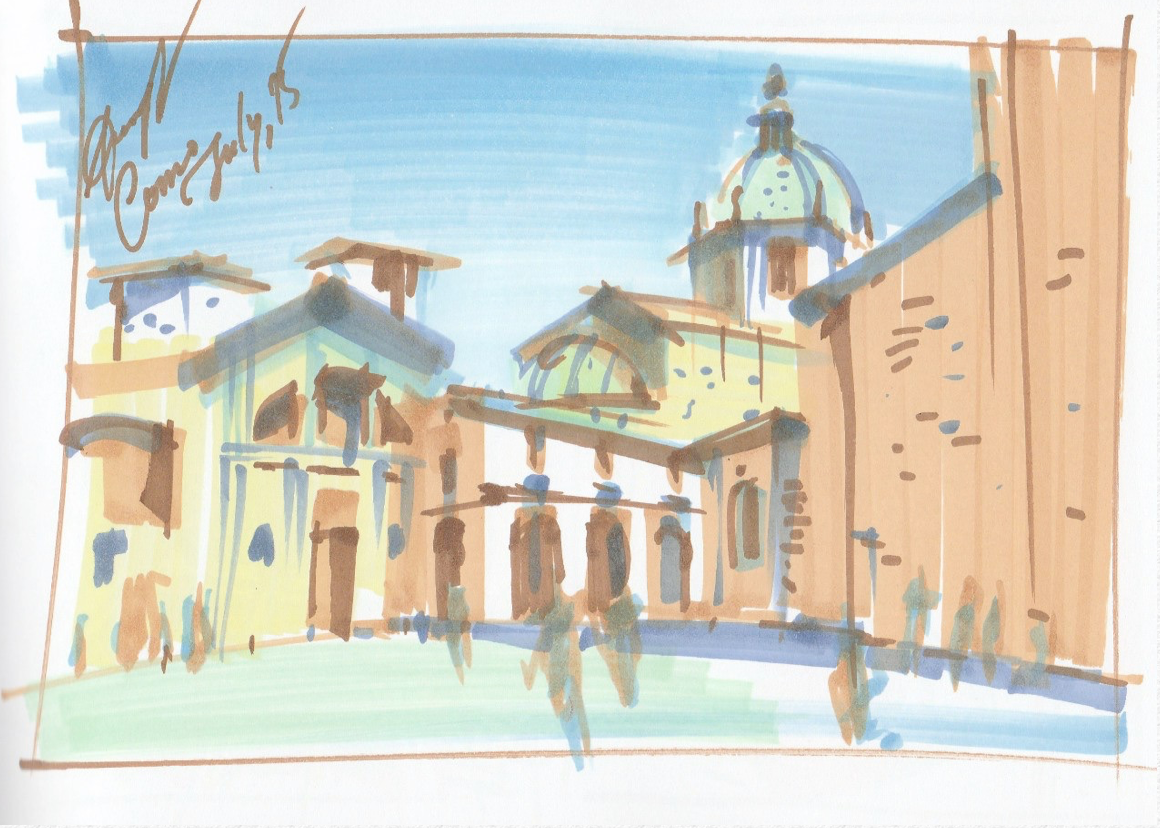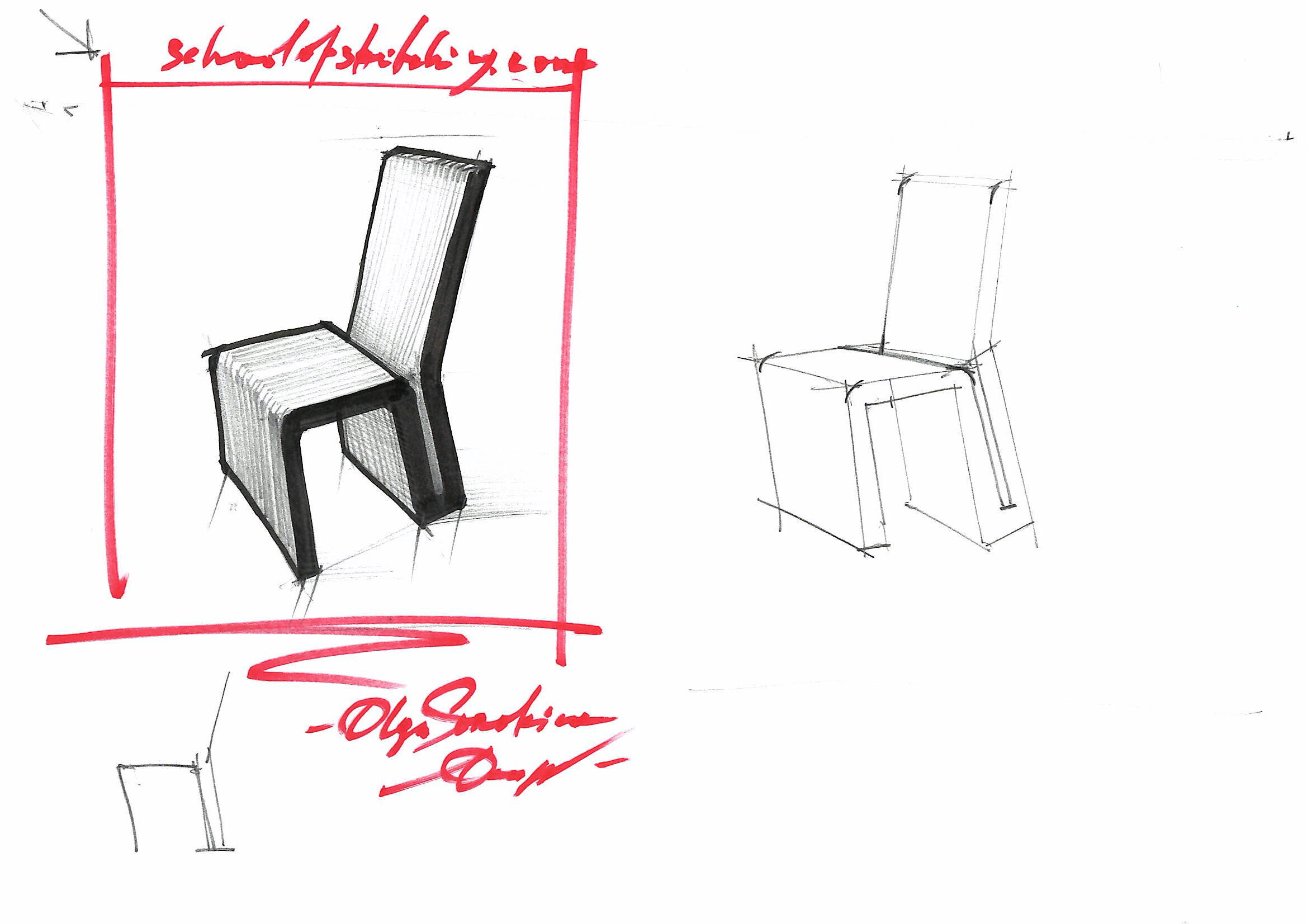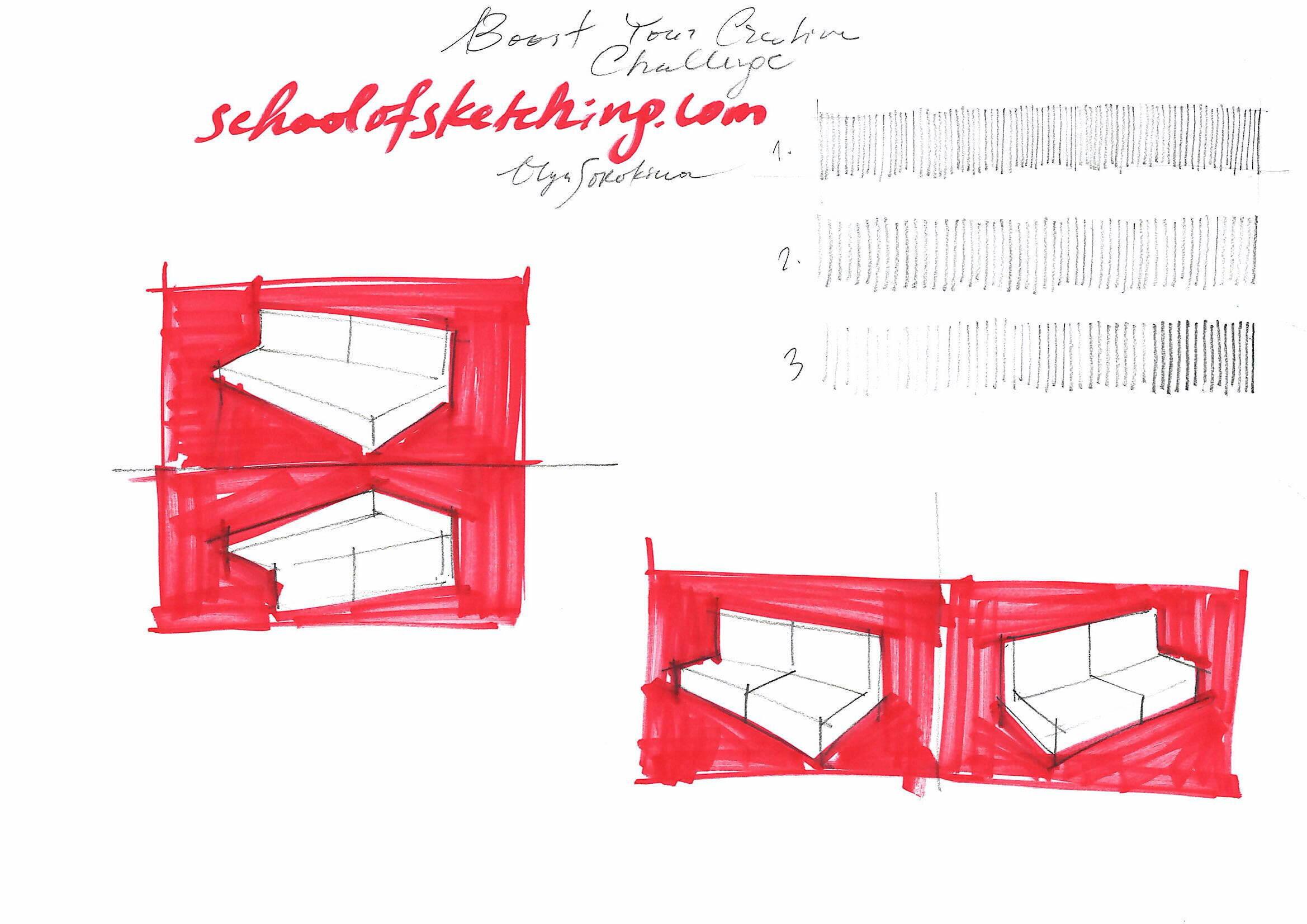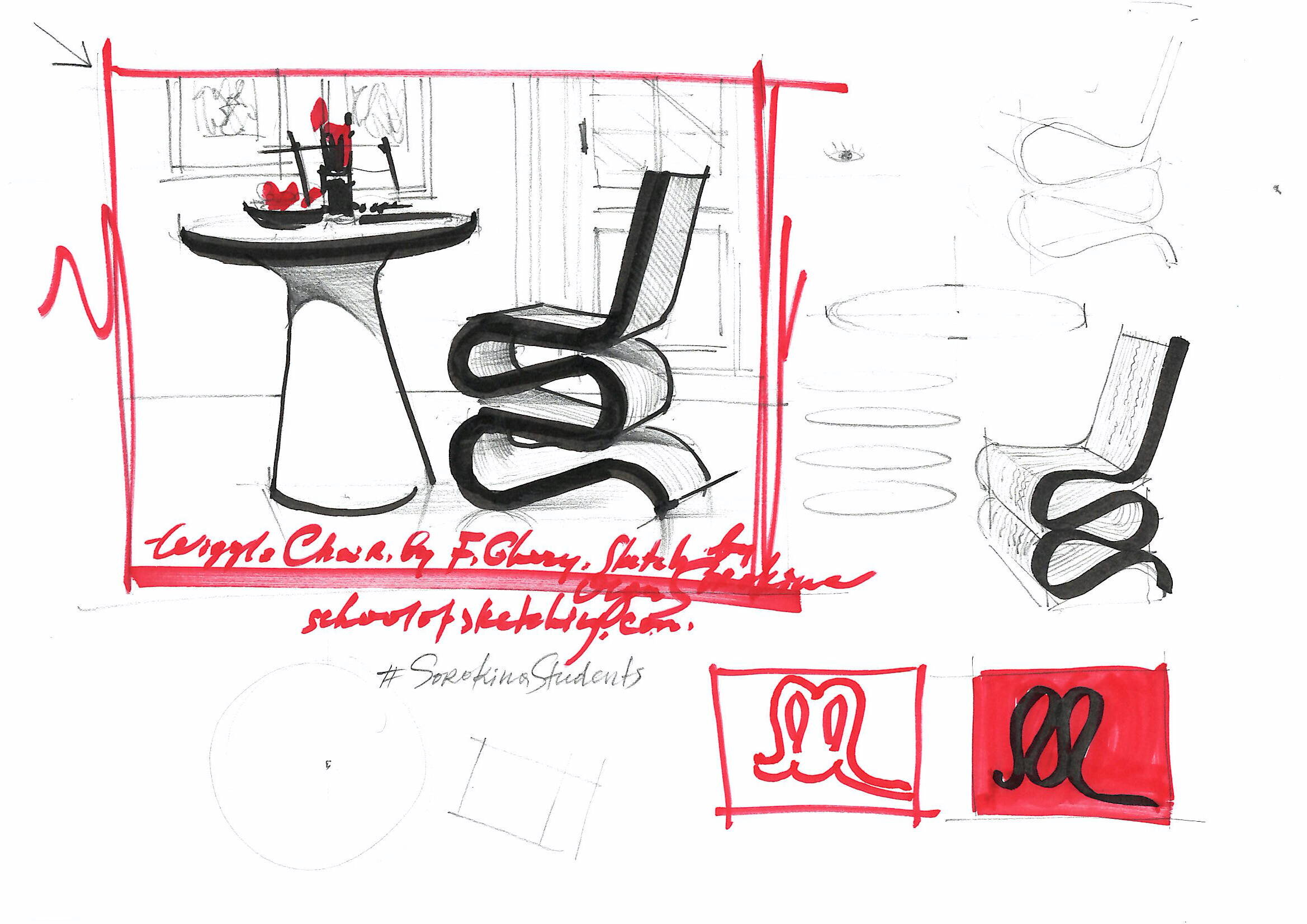Mastering Watercolor Interior Drawing:
Conquering 3 Common Beginner Mistakes
In this blog article, we will explore three common mistakes that beginner artists often make in watercolour, with a focus on interior sketching. By understanding these mistakes, you will gain valuable insights and learn how to avoid them. Additionally, we'll address the main fear beginners face and provide guidance on overcoming it. So, get ready for an enjoyable and inspiring read!
Watercolour - A Captivating Medium
The allure of watercolour lies in its ethereal qualities, its lightness, and the semi-transparency of colours. It can evoke various moods, from introspection and melancholy to vibrancy and joy. Watercolour resides on the boundary between drawing and painting, combining the best of both worlds. Even Leonardo da Vinci recognized its unique attributes and utilized it for his sketches.
Watercolour can be likened to an actress – spontaneous, free-flowing, and light, yet also capable of achieving balance and realism through techniques like glazing. It has captivated me and I consider it superior to other mediums such as oil, acrylic, tempera, pastel, and even markers.
“Watercolor, a captivating actress, dances between chaos and serenity, embodying both untamed spontaneity and balanced realism.”
Choosing Between Watercolour and Markers
A common question I receive is whether I prefer watercolour or markers. The answer depends on the purpose. Markers are excellent for quick interior sketches and are beginner-friendly due to their ease of use and control. They offer transparency and layering capabilities, similar to watercolours.
For travel and convenience, markers are my go-to choice. I always carry a couple in my bag for sketching on the go, whether in cafes, parks or during dance classes. However, when it comes to plein-air painting and more extensive academic drawings, watercolour excels. It is my preferred medium for courses like "Watercolour in Interior Sketching."
It is worth noting that my journey with watercolour began in childhood, whereas markers gained popularity relatively recently. So, consider your purpose and experience when selecting between these mediums.
Conquering the Fear of Water
One of the main fears beginners face in watercolour is the fear of water itself. The uncertainty of how to control water and achieve the right paint-water ratio can lead to frustration. However, it is essential not to let this fear discourage you. Let me share a valuable tip to help you befriend watercolour.
Embrace water and approach it with curiosity and openness. Fall in love with water! Often, beginners set high expectations for their initial watercolour attempts, and any setbacks can lead them to abandon the technique. Remember, nobody expects to effortlessly ride a bicycle without practice. Similarly, watercolour requires patience and practice.
Mistakes are not something to be avoided; they are gifts from the divine. Instead of striving for perfection, seek to understand your mistakes, learn from them, and grow. As Salvador Dali wisely said, "Mistake - a gift from the divine. Therefore, do not strive to correct your mistakes. Instead, try to understand them, delve into their meaning, endure them. And liberation shall follow."
“Mistake is a gift from the divine. Therefore, do not strive to correct your mistakes. Instead, try to understand them, delve into their meaning, endure them. And liberation shall follow”
Drawing from my online course “Interior Sketching in Watercolour“
Let's Explore the Three Common Mistakes
Now, let's delve into the three common mistakes that often arise. By recognizing and addressing these mistakes, you can enhance your artistic abilities and improve your watercolour interior drawings.
Mistake #1: Fear of Water and Embracing Mistakes
This mistake stems precisely from the fear of water that I mentioned earlier. Let me emphasize that mistakes are wonderful! The more mistakes you make, the faster your growth and progress will be! It sounds strange, doesn't it? But consider this: the best way to learn something is to actually do it, isn't it? The same applies to watercolor. You just need to engage in regular practice without giving up at the first sign of failure. Embrace the process, let the colors flow if they wish to, and experiment fearlessly. Be open to making mistakes because you are learning! Find joy in the process, for you have embarked on watercolor to explore something new and infuse more creativity and happiness into your life. The most important thing is that through regular practice, you will reach a level where you can smile at your early works and see those mistakes, understanding that without them, you wouldn't have grown creatively. Art is a process, so enjoy it and stop judging yourself or constantly comparing yourself to others.
Mistake #2: The Colour Conundrum - Embracing the Artistic Sweet Spot
When it comes to colour, novice painters often find themselves caught in two extremes: oversimplification or overcomplication. The former group tends to rely on bright, unadulterated hues straight from the tube or palette, while the latter muddle their creations with an excessive mix of colours, resulting in muddy tones. These polar opposites can hinder your watercolour journey. But fear not, for there lies a glorious middle ground, a harmonious balance to be discovered.
In watercolour, finding the "golden mean" is paramount. It can be achieved by following two essential rules:
"Don't settle for colours straight from the tube; instead, mix them on the palette" - this rule applies to those who tend to oversimplify, helping you infuse depth and nuance into your artwork.
"Limit your palette to three or four colours at most" - this rule guides those who tend to overcomplicate, allowing you to maintain clarity and coherence in your creations.
By embracing this delicate equilibrium of colour, you unlock the true potential of watercolour and set your imagination free.
Mistake #3: The Power of Water - Embrace Its Essence
One common mistake arises from a fear of embracing water in watercolour. This fear can lead to artworks that resemble gouache or tempera paintings, lacking the translucency and vitality that watercolour is renowned for. When the paint is applied too heavily, the paper loses its breath, resulting in a lifeless piece that yearns for the touch of water's magic. Remember, watercolour is the embodiment of its name, a celebration of water's fluidity and grace.
Let go of your inhibitions and allow the water to dance upon your canvas. Embrace its essence and infuse your artwork with life, air, and vibrancy. Grant yourself the freedom to explore the boundless possibilities that watercolour offers.
Now I'm eager to hear your thoughts: Have you encountered these mistakes and fears in your artistic journey? Do you recognize them in your own work? How does working with watercolour make you feel? Have you ventured into its captivating realm before? Share your experiences and insights in the comments below!
P.S. If this blog post has ignited your creative spirit and provided valuable insights, please spread the inspiration by sharing it with your fellow artists and friends on social media. Let's embark on this artistic adventure together! Thank you!
© Olga Sorokina, 2023
